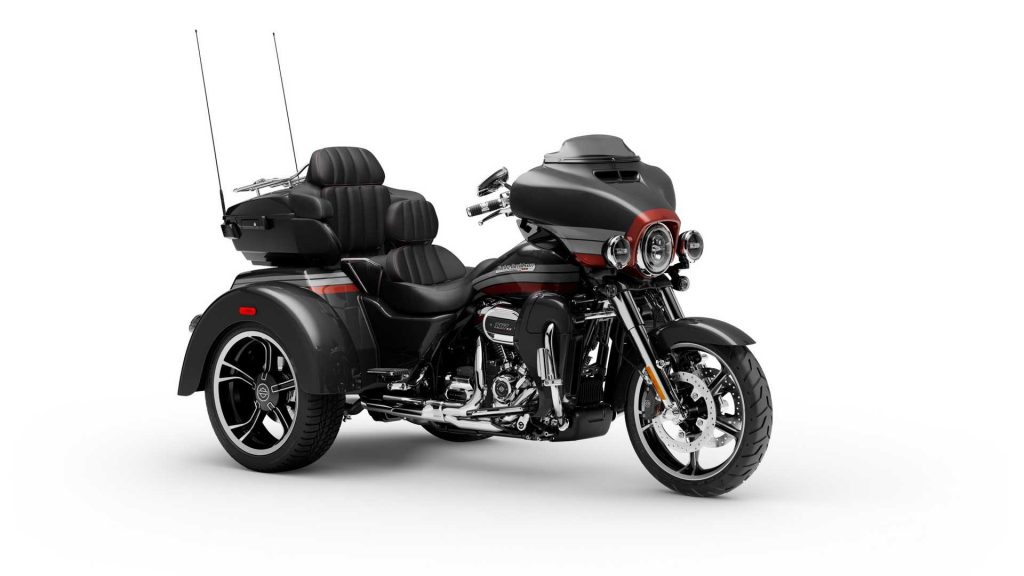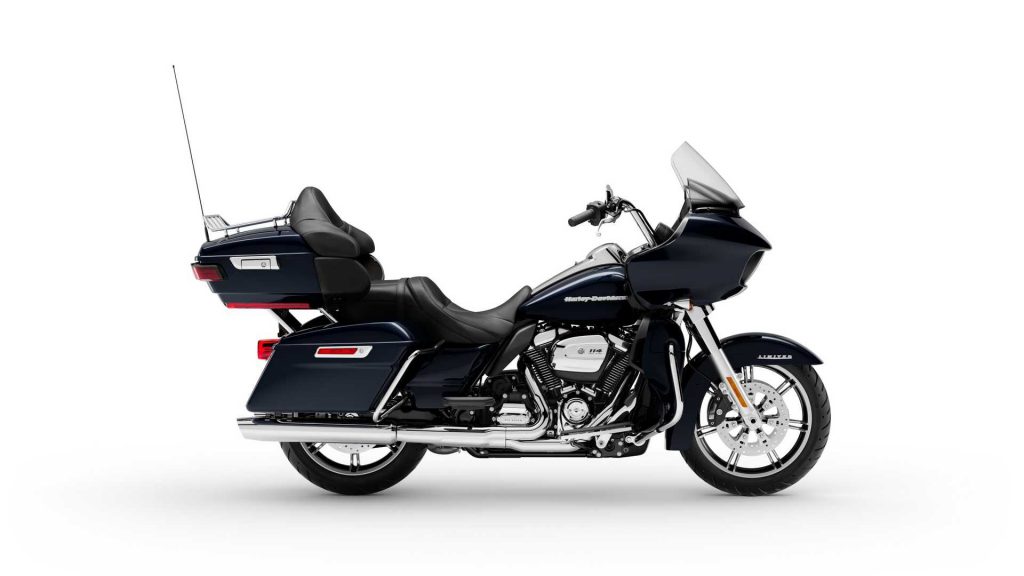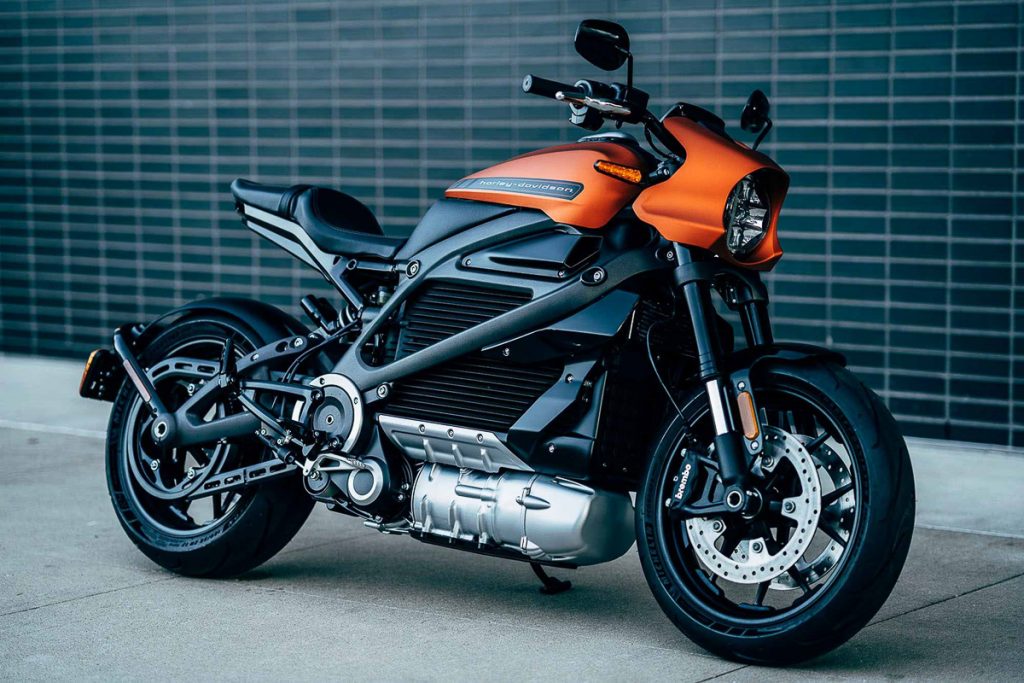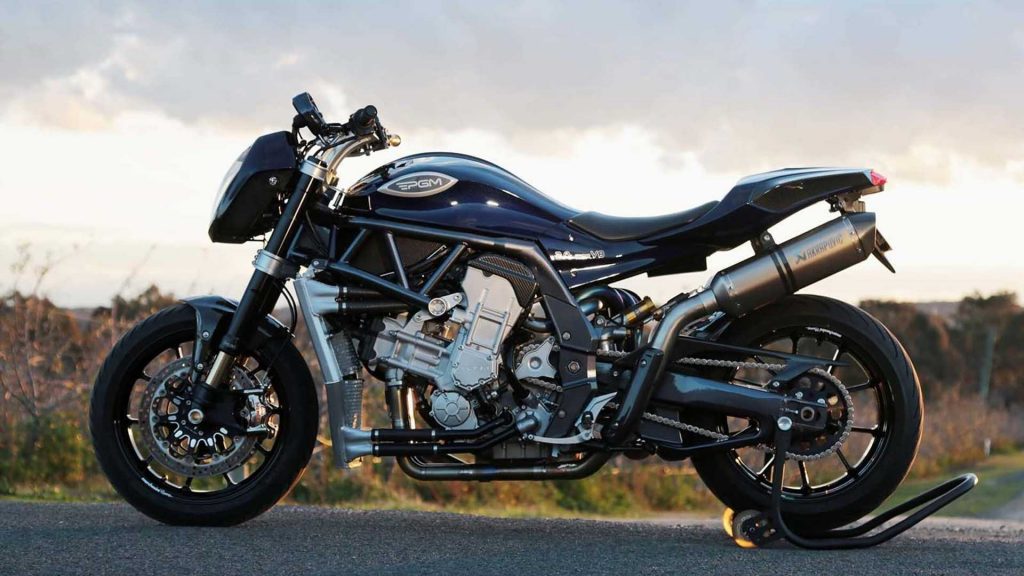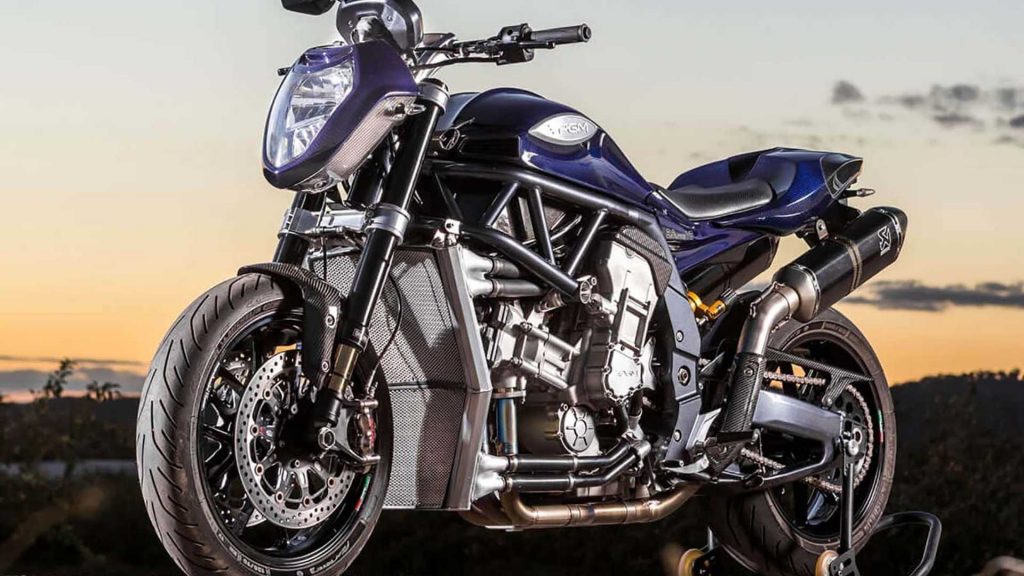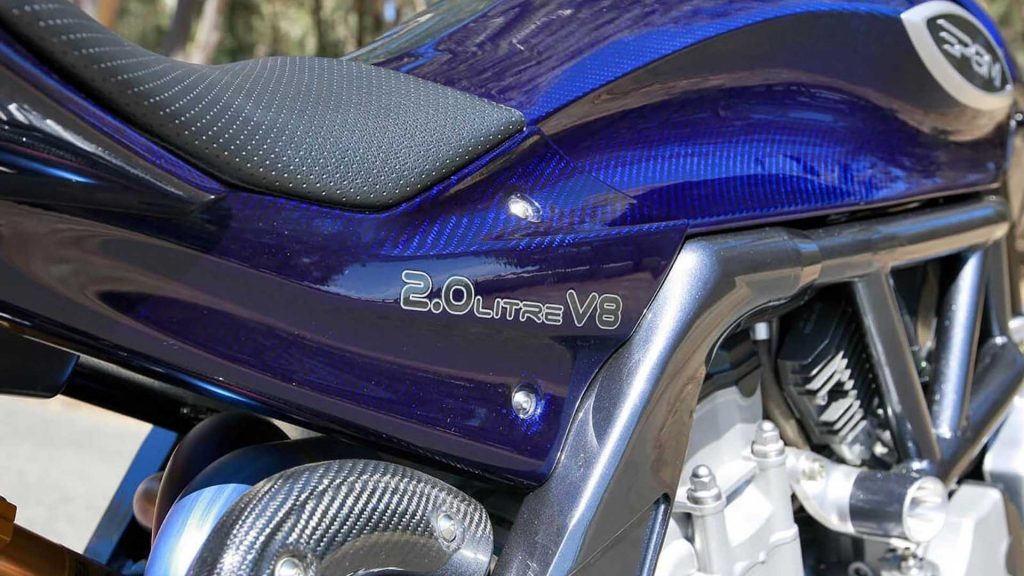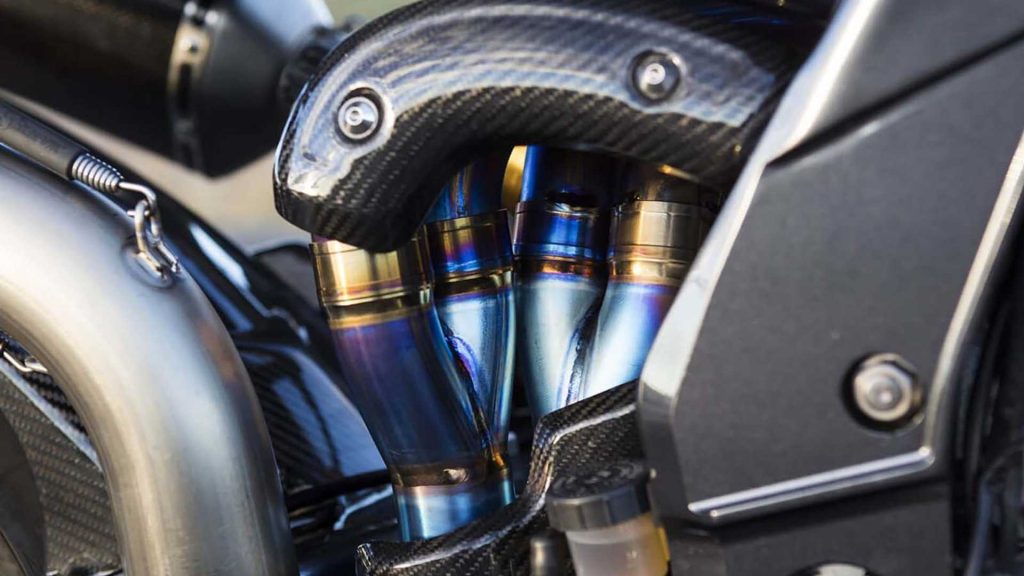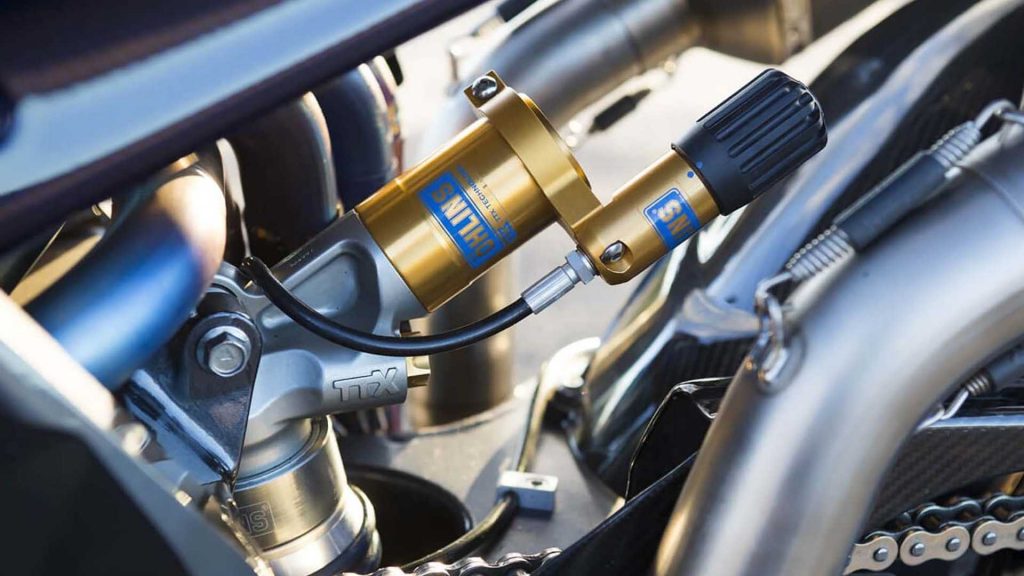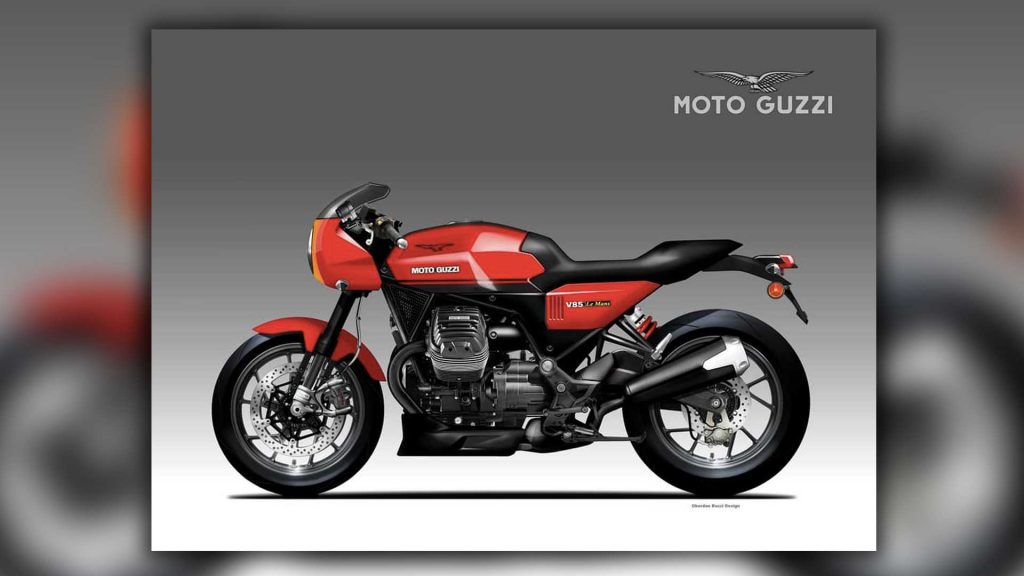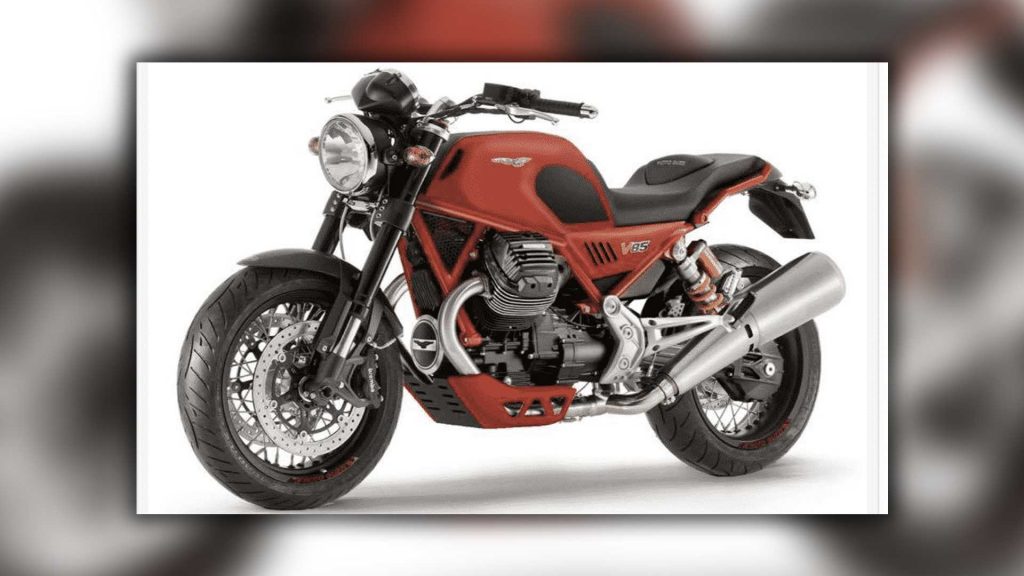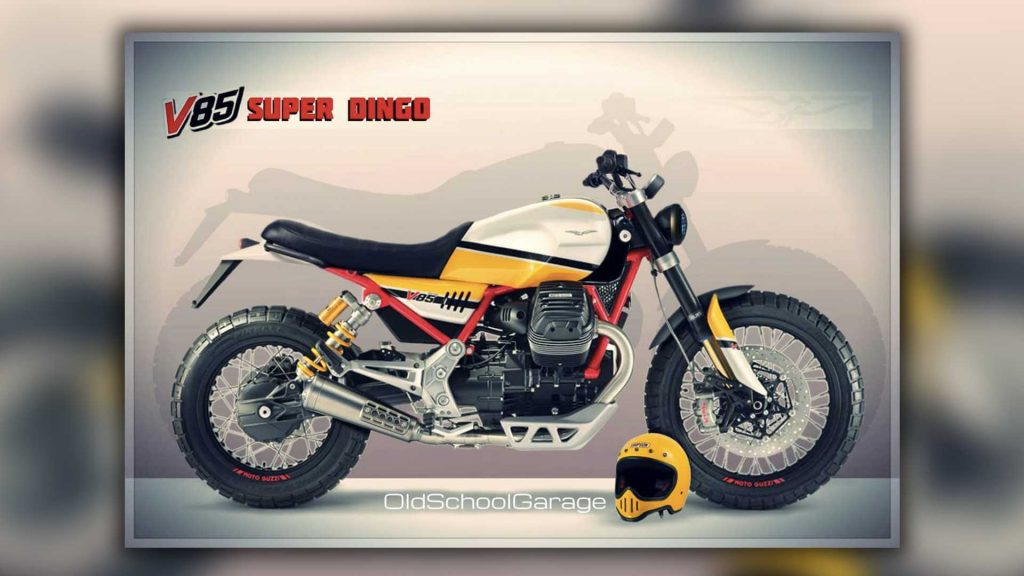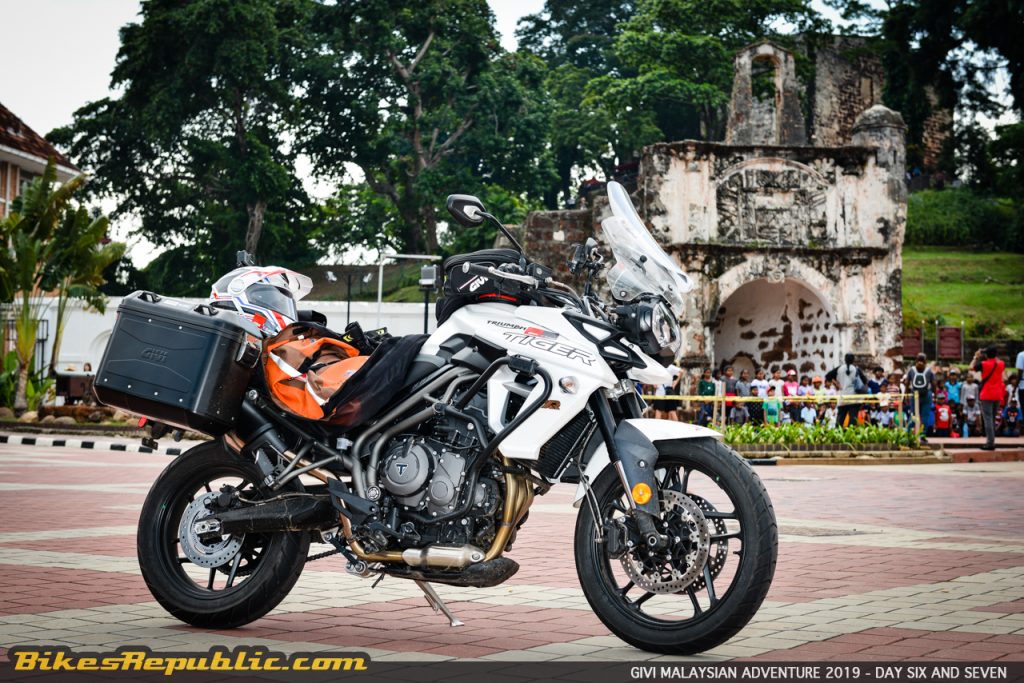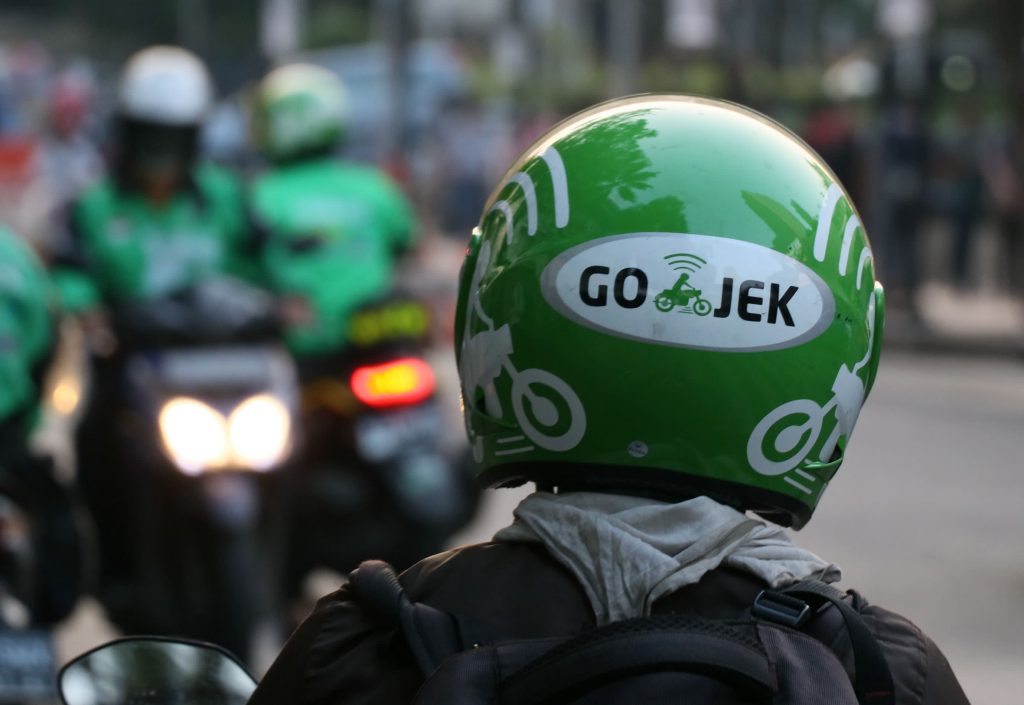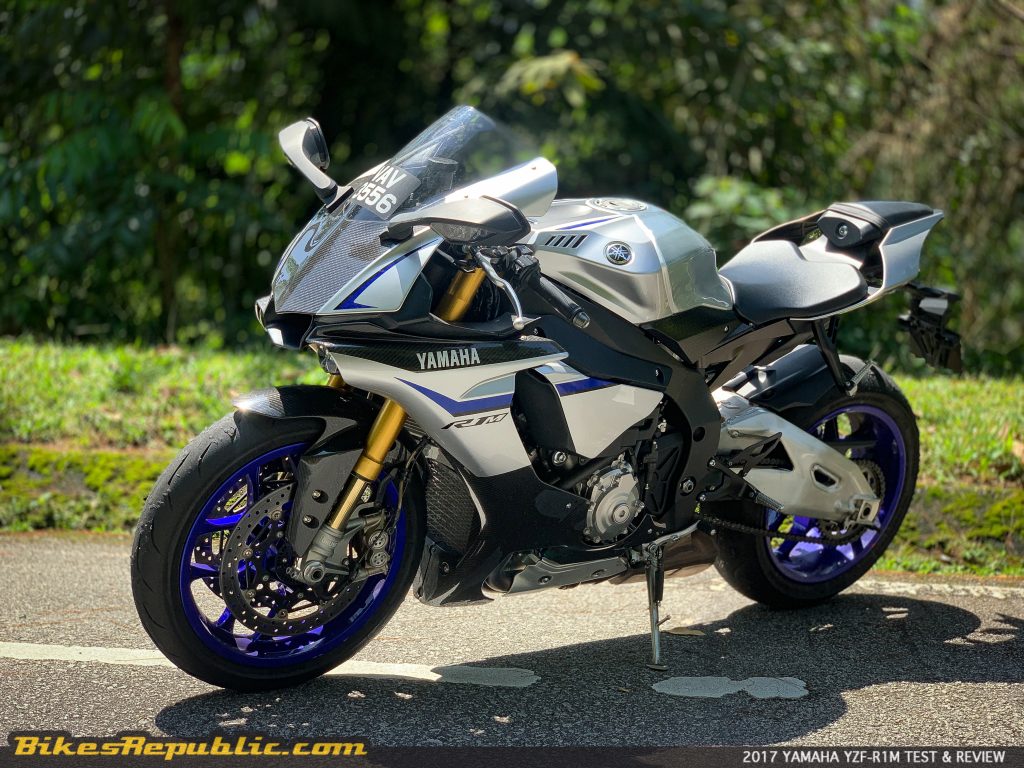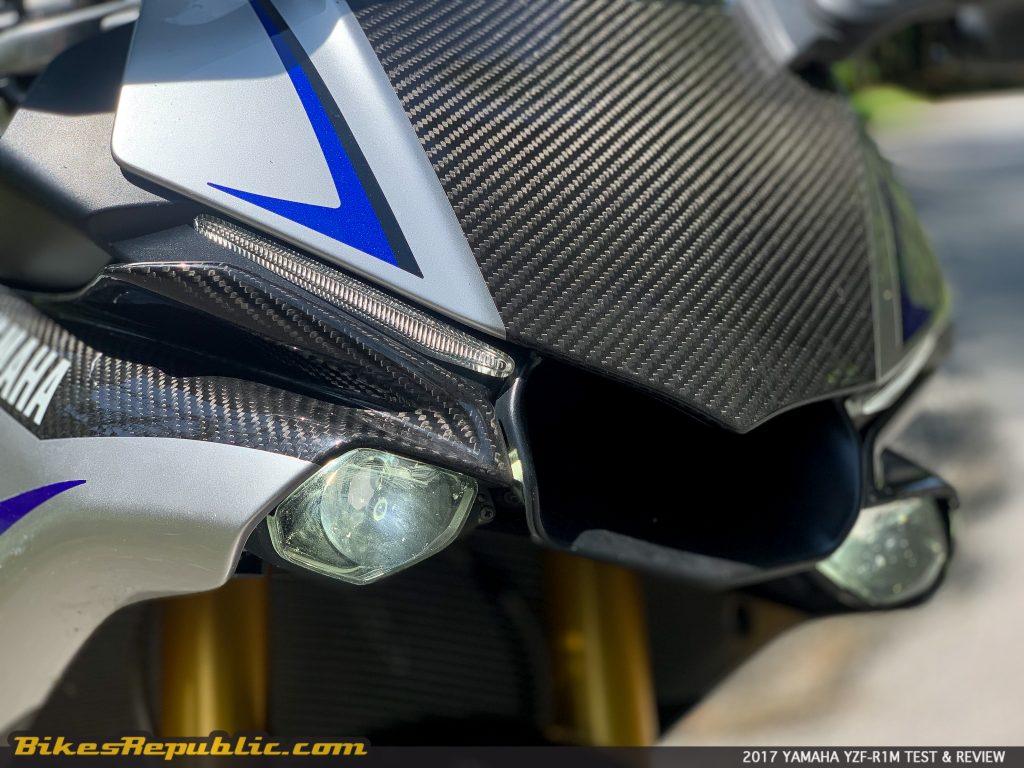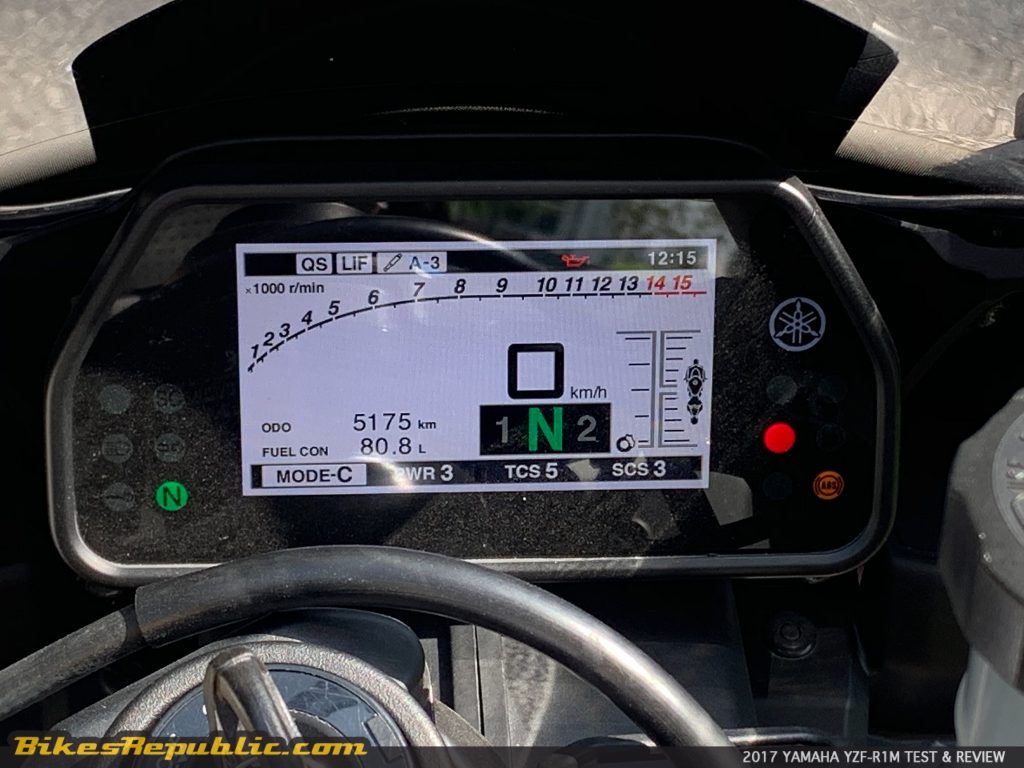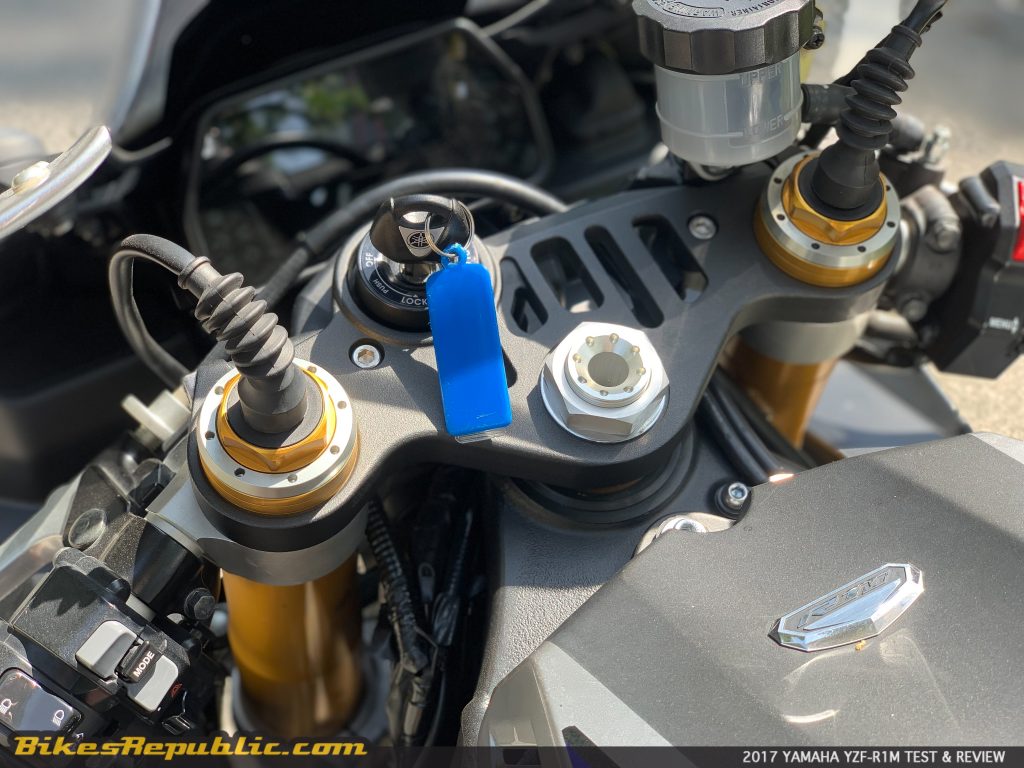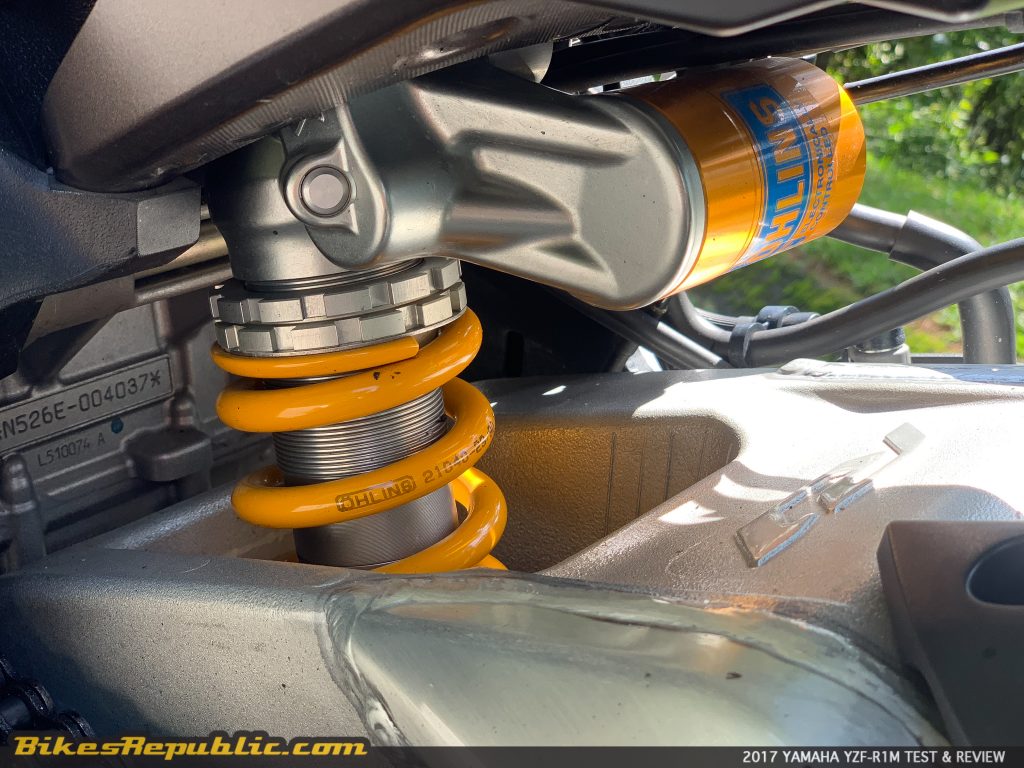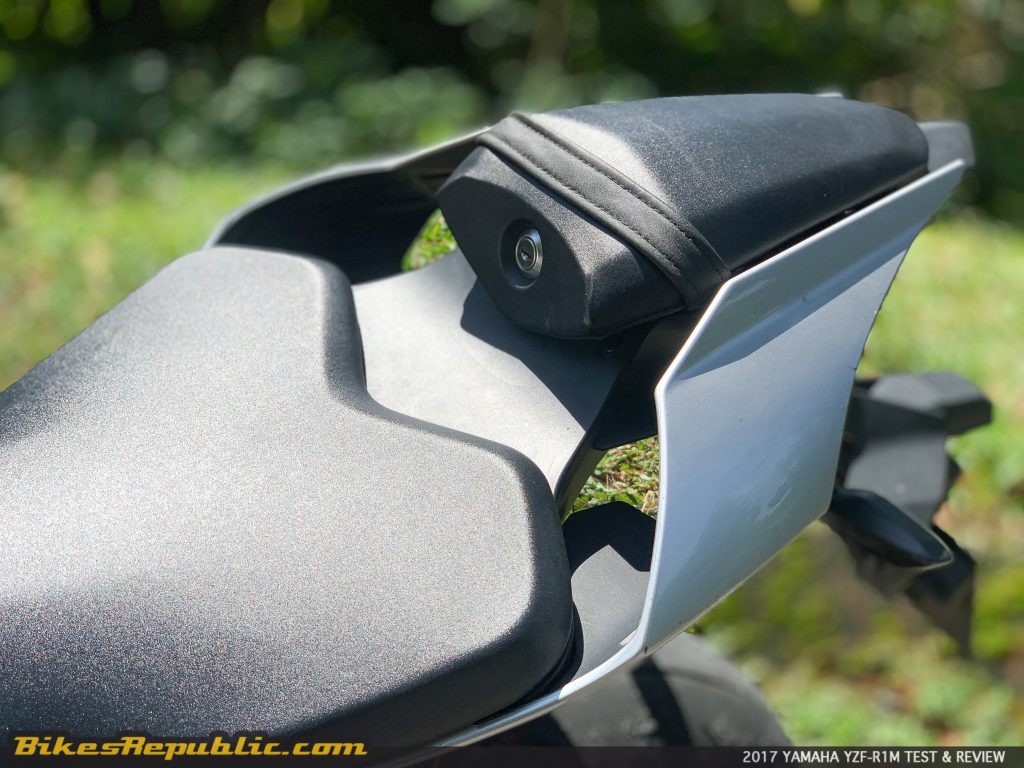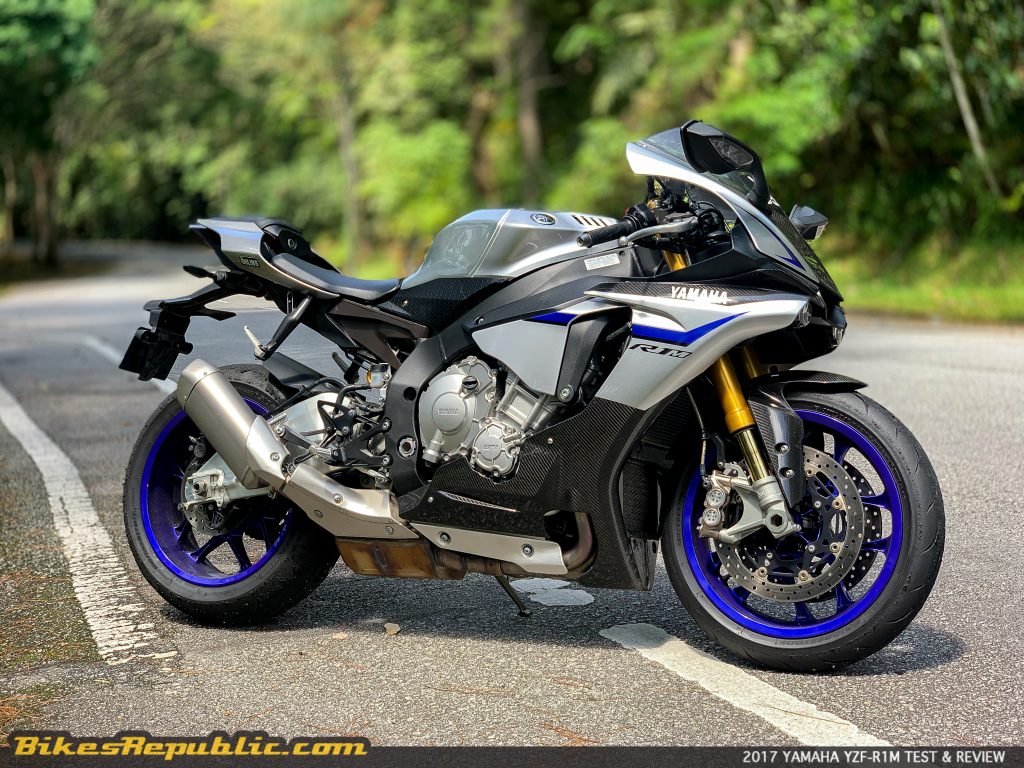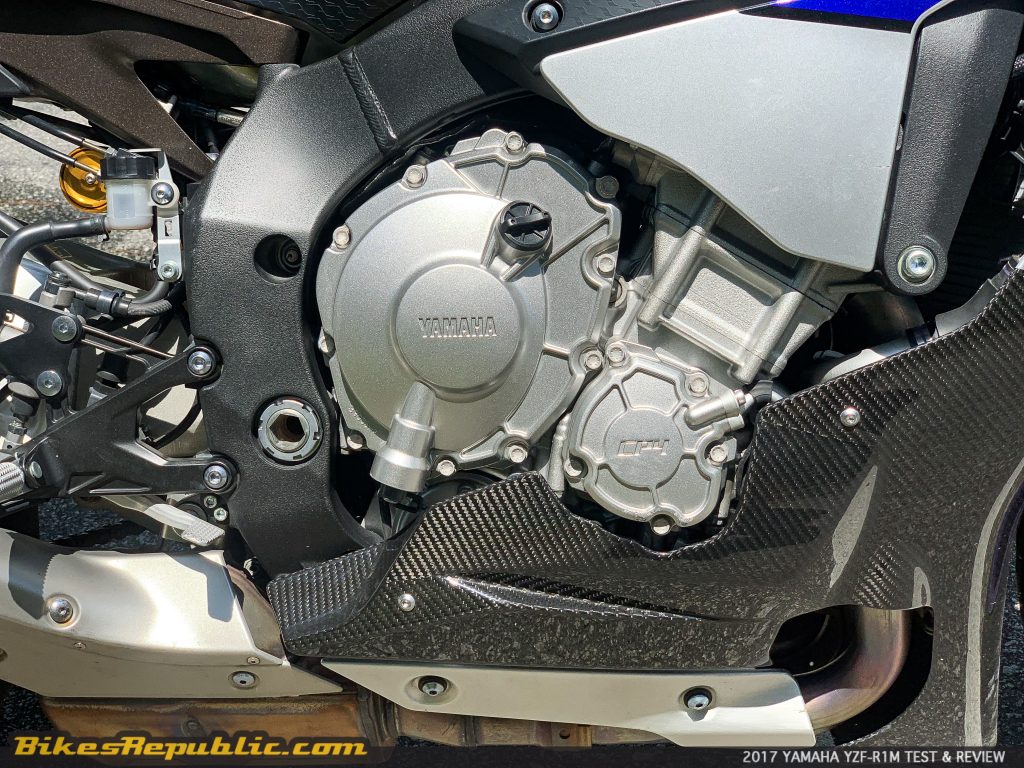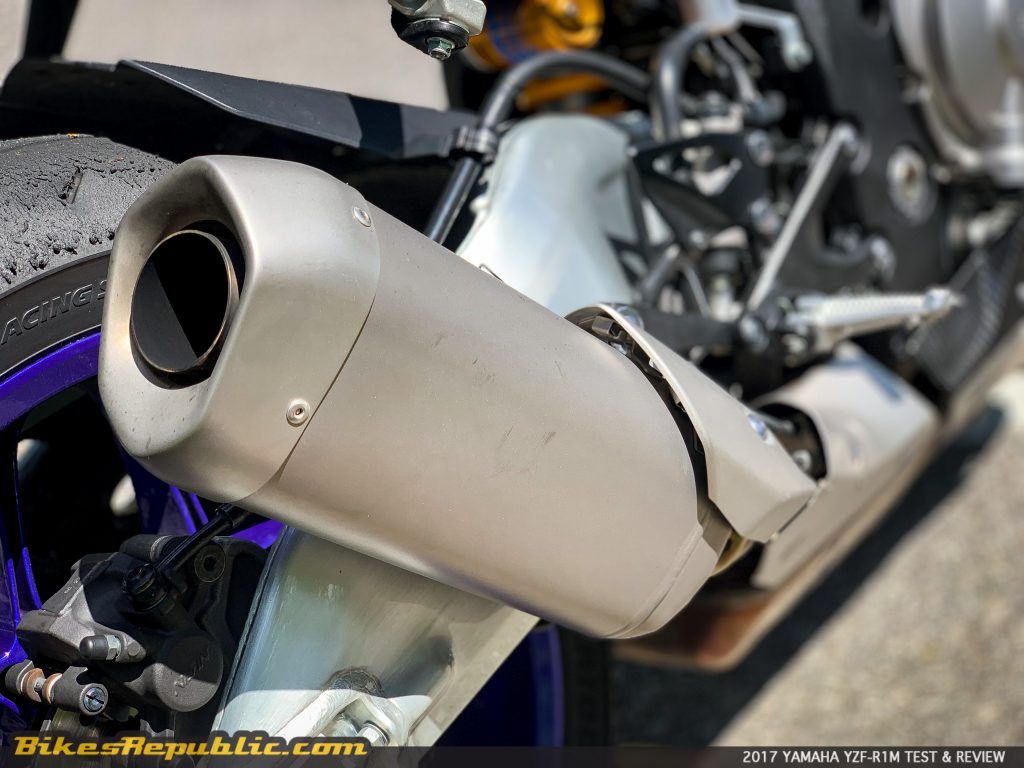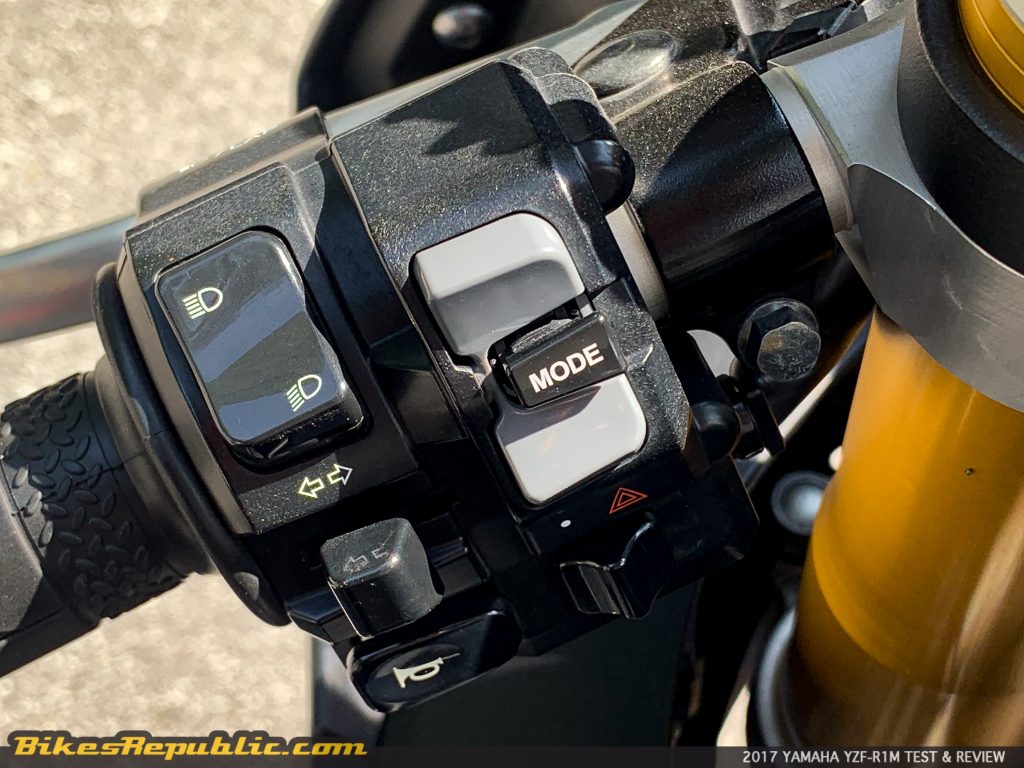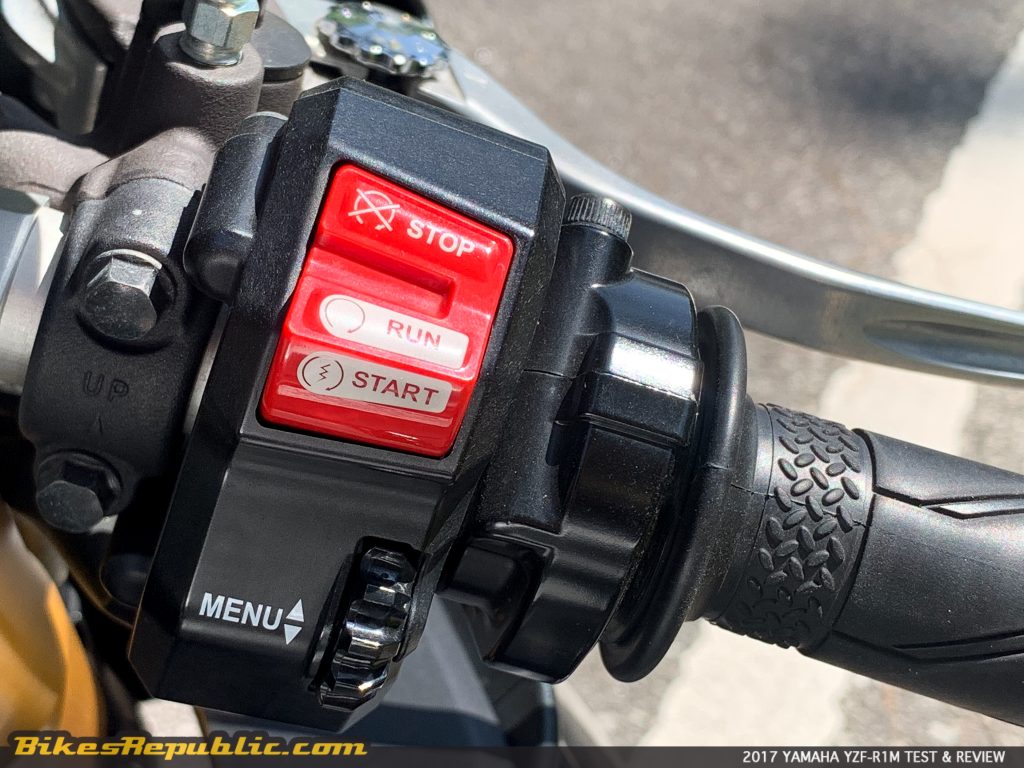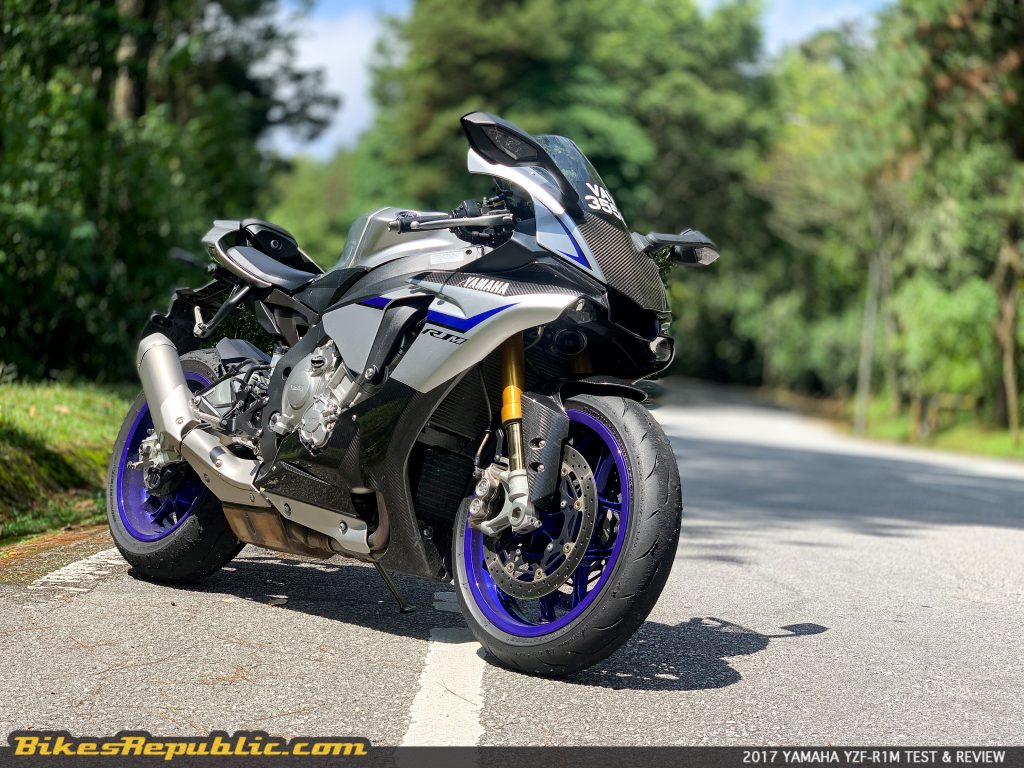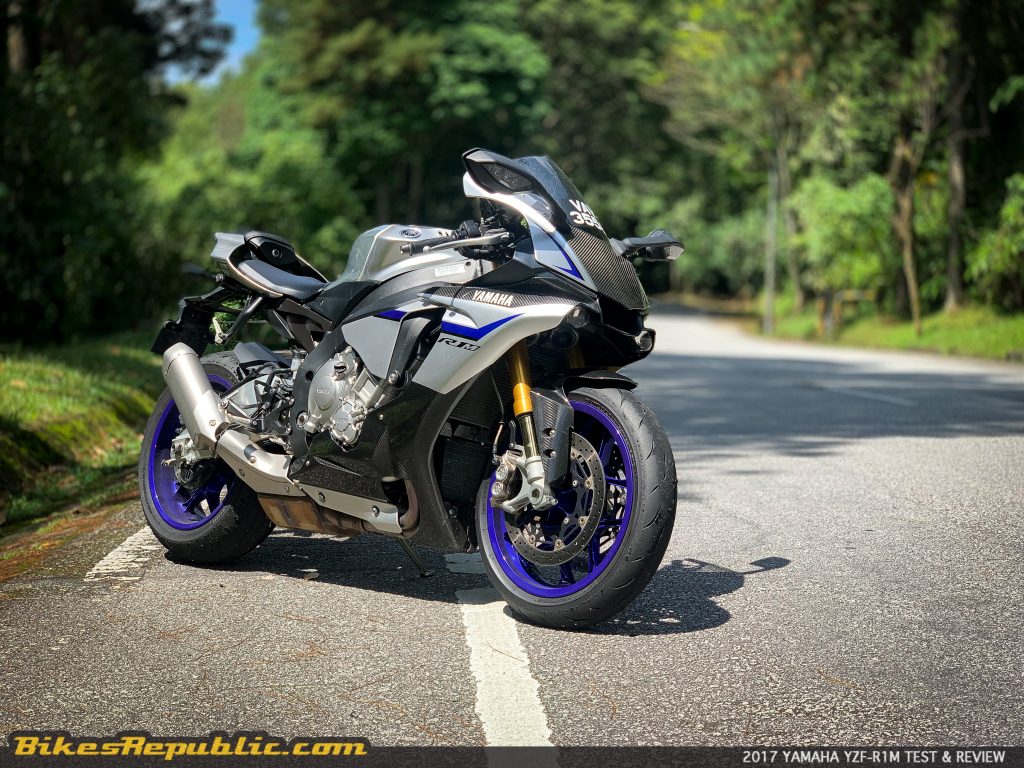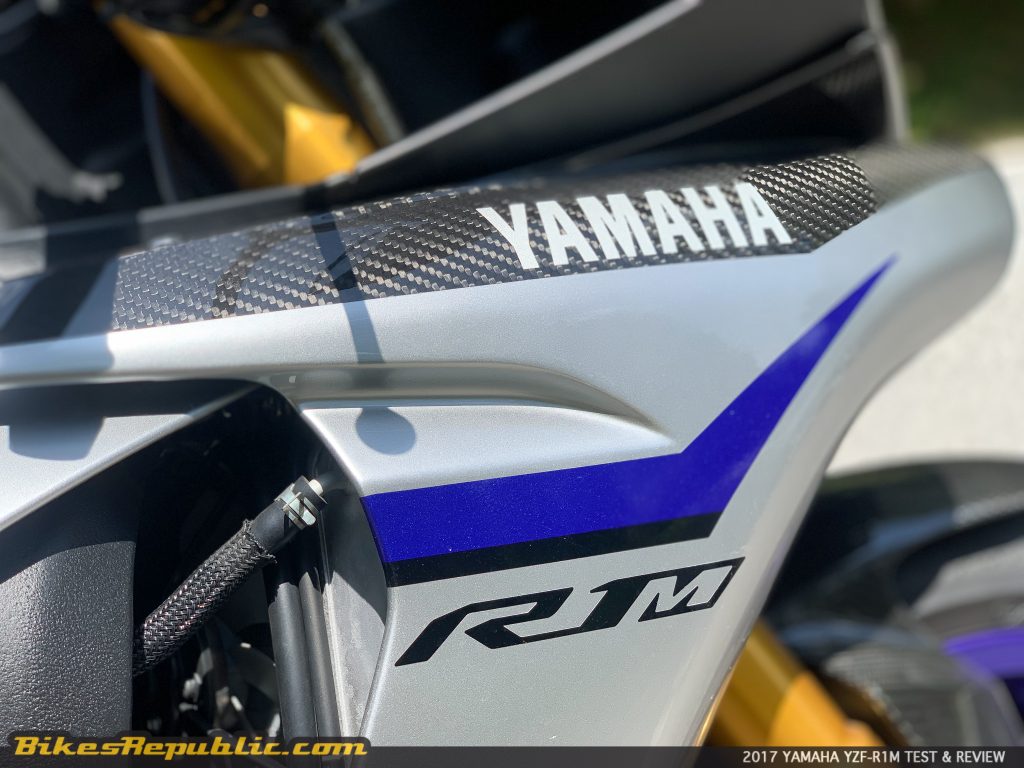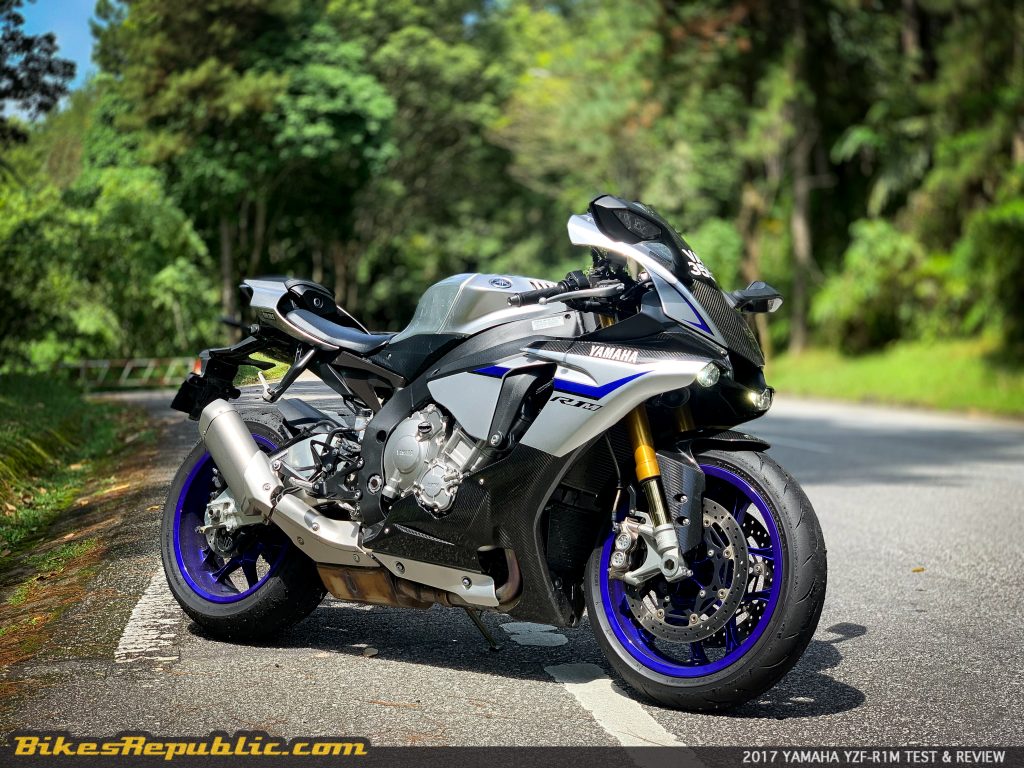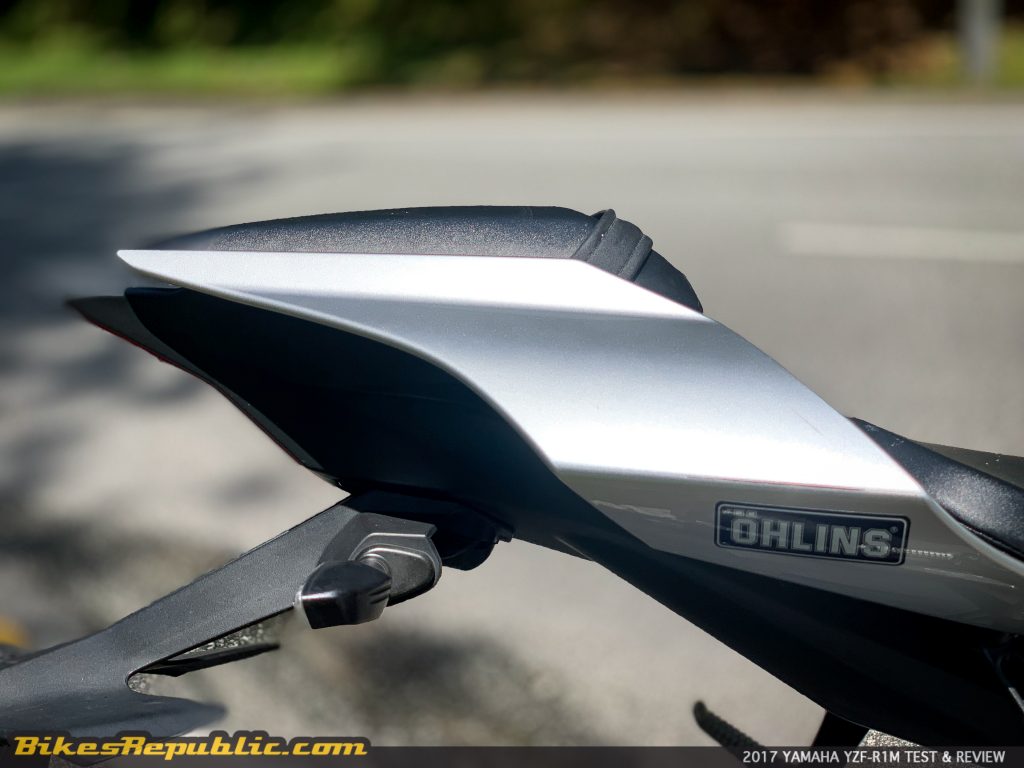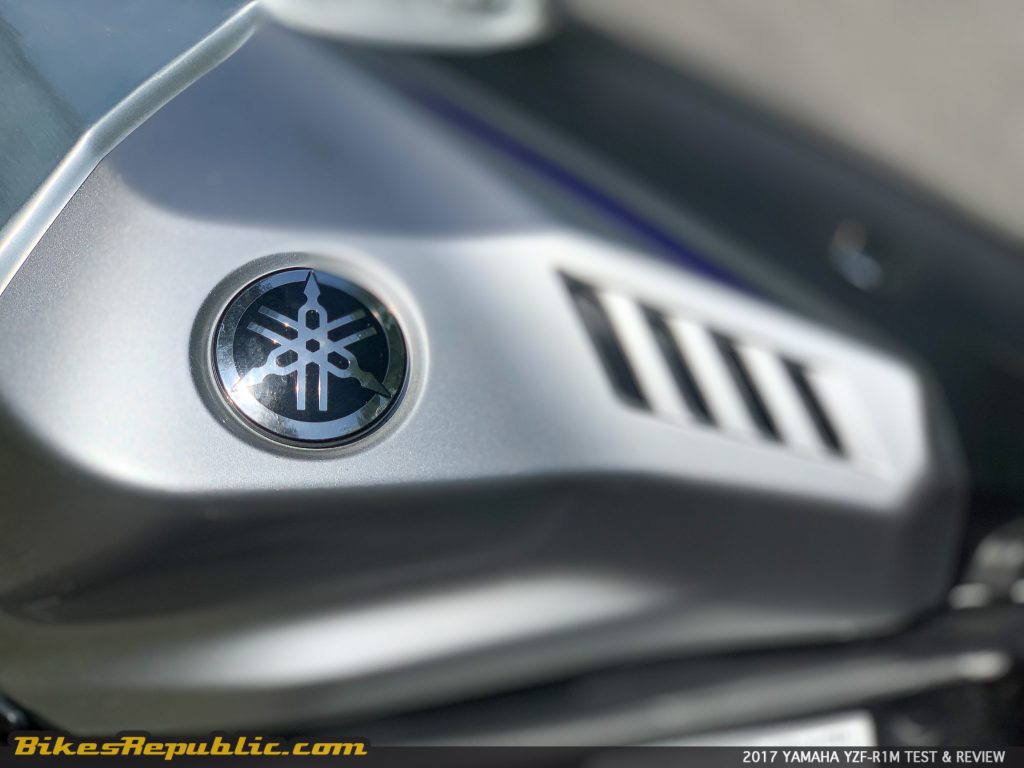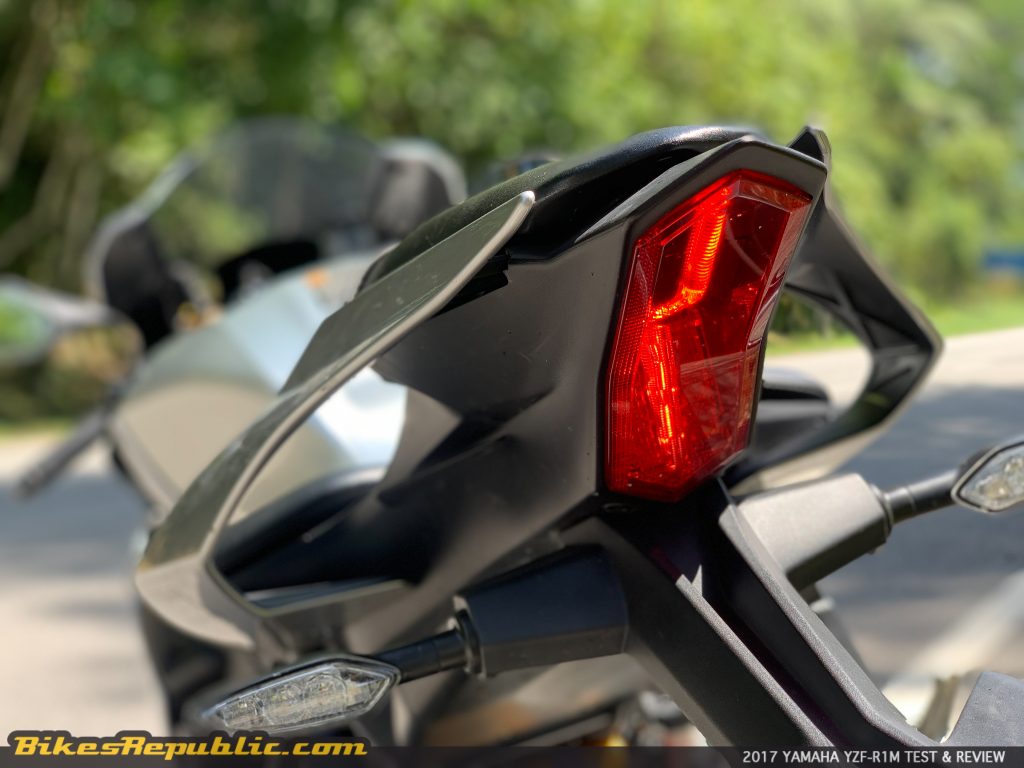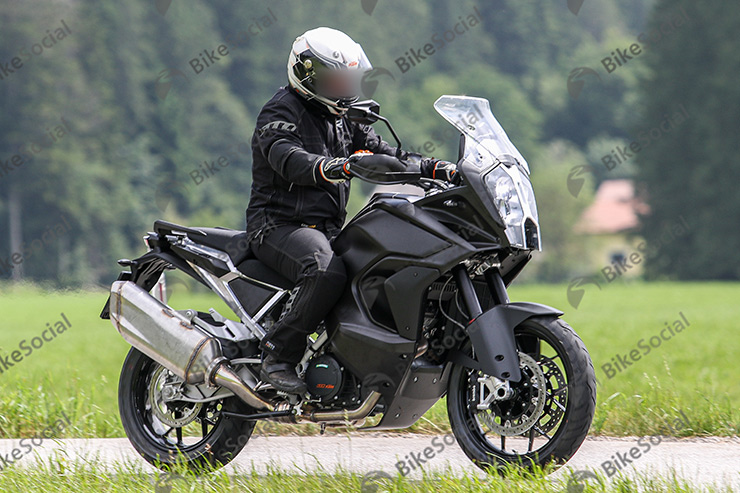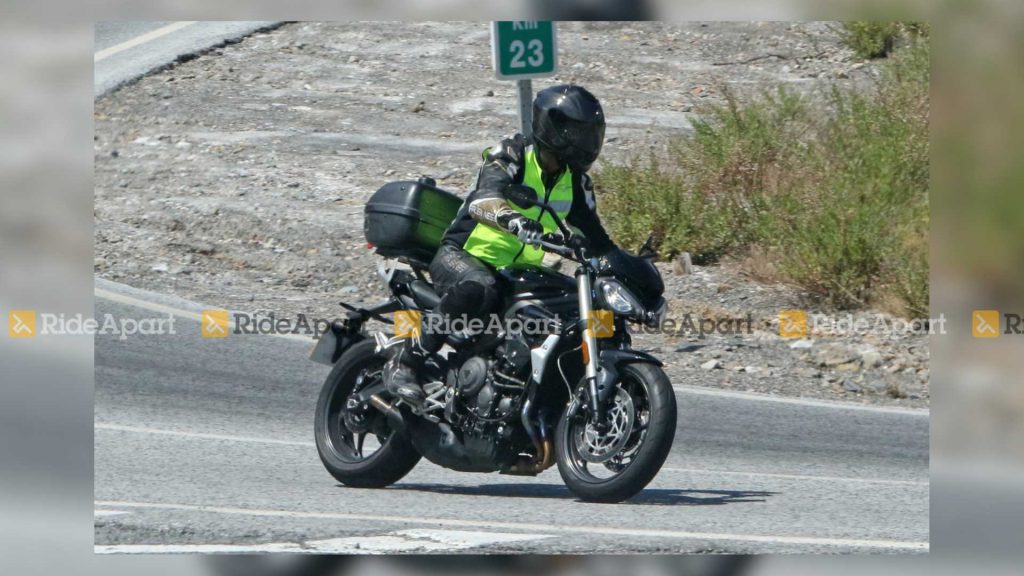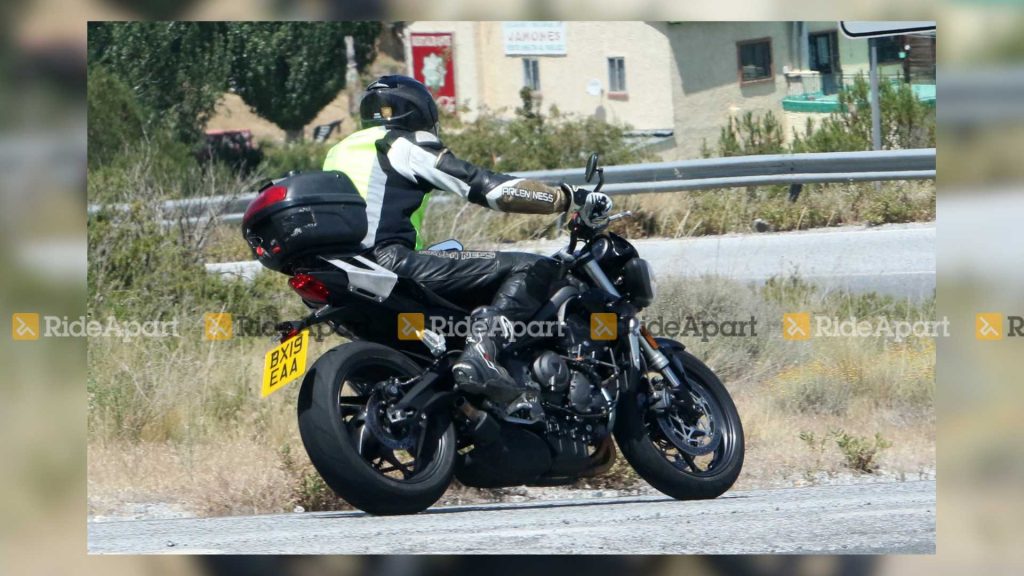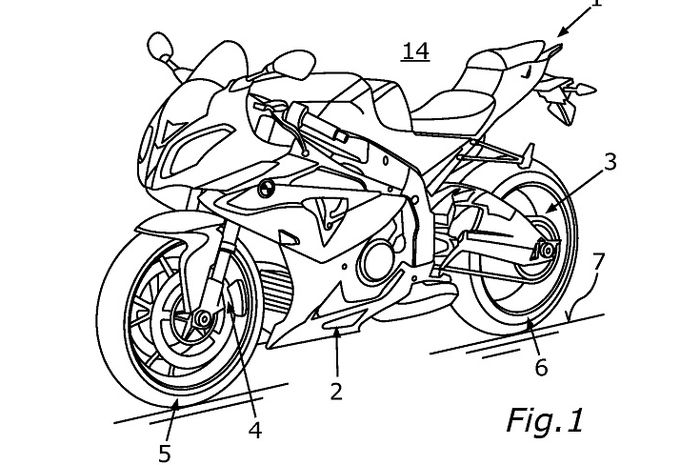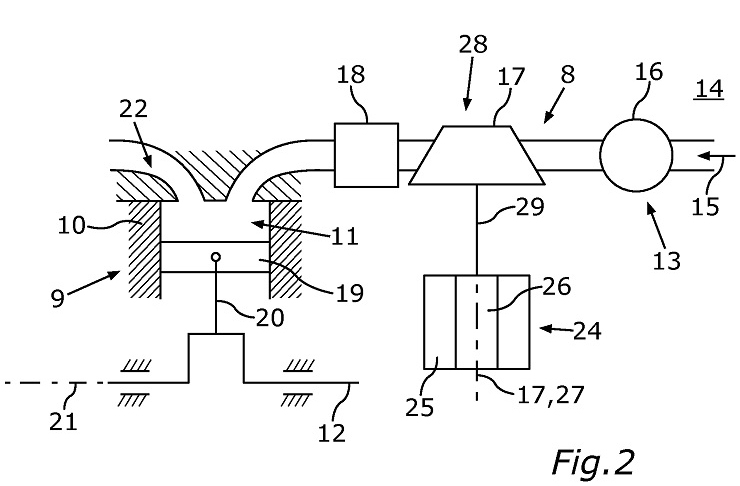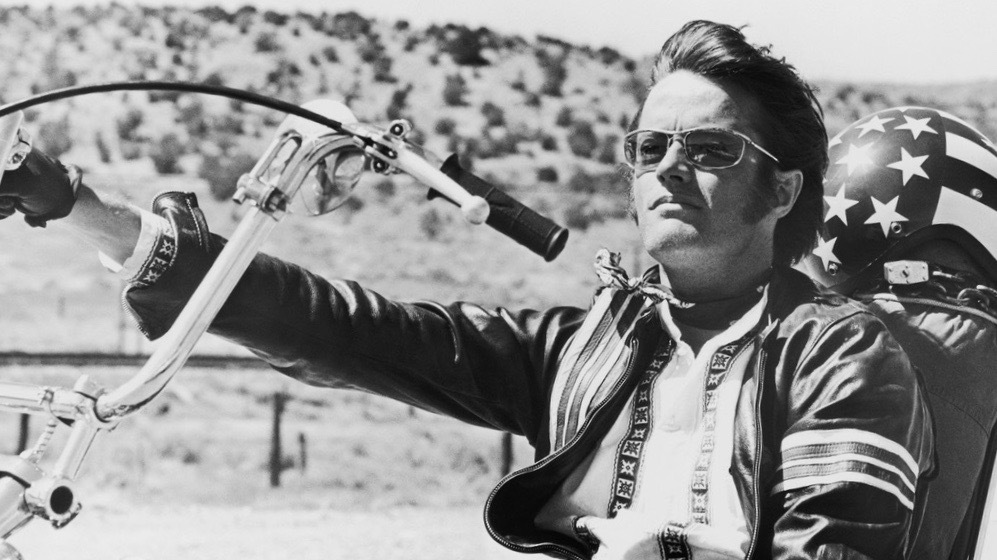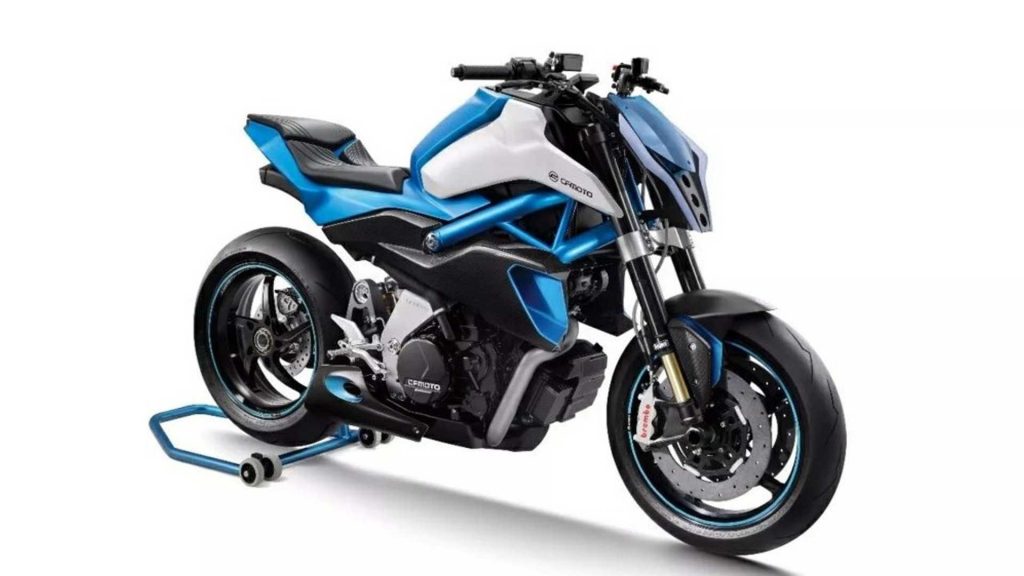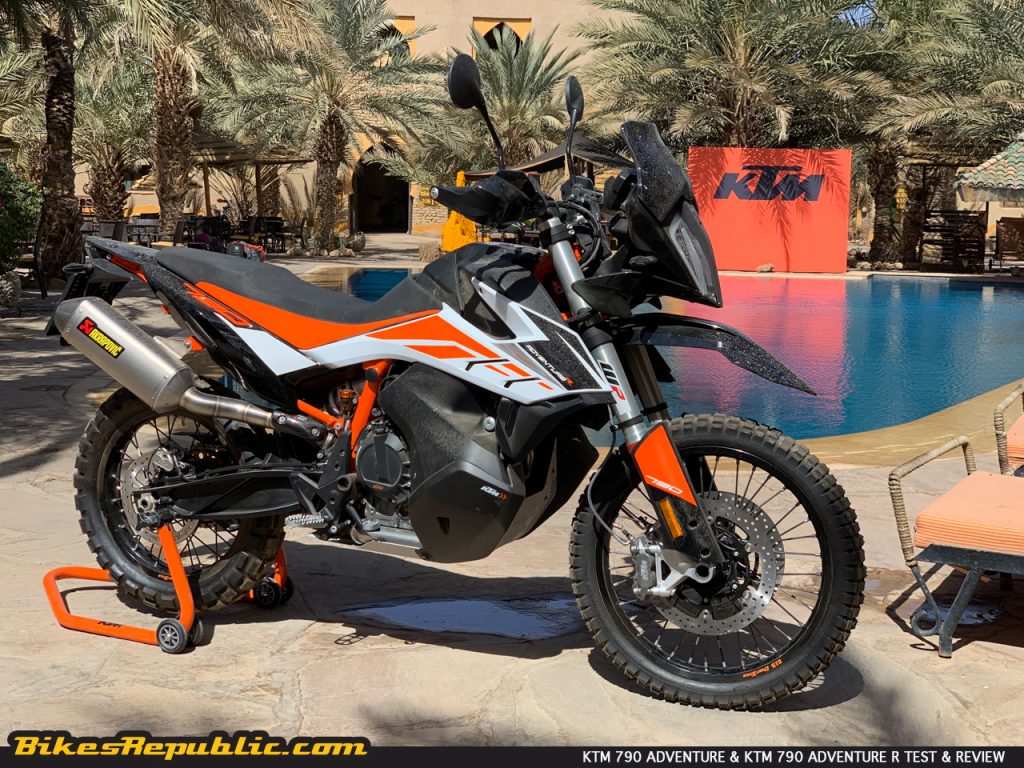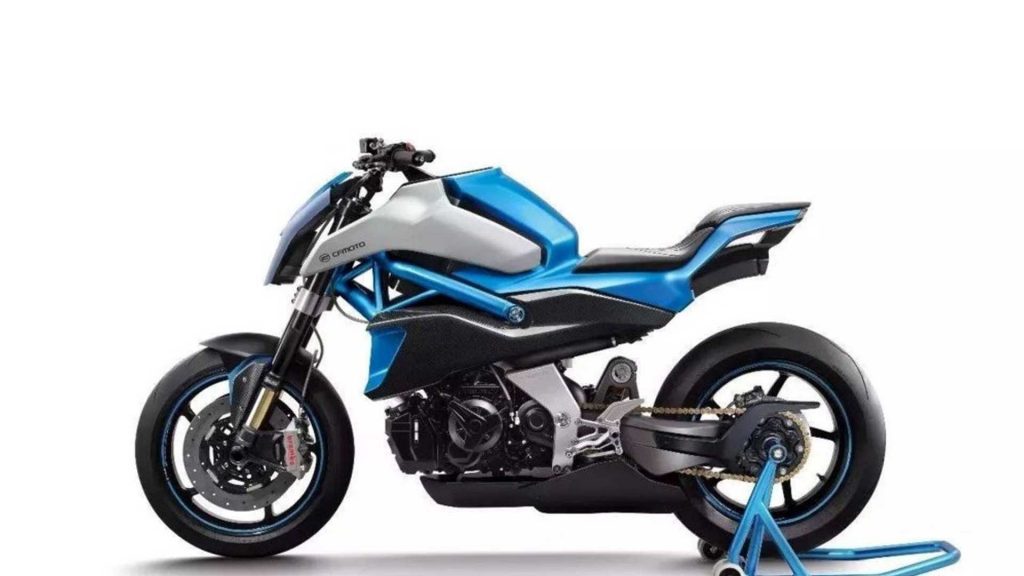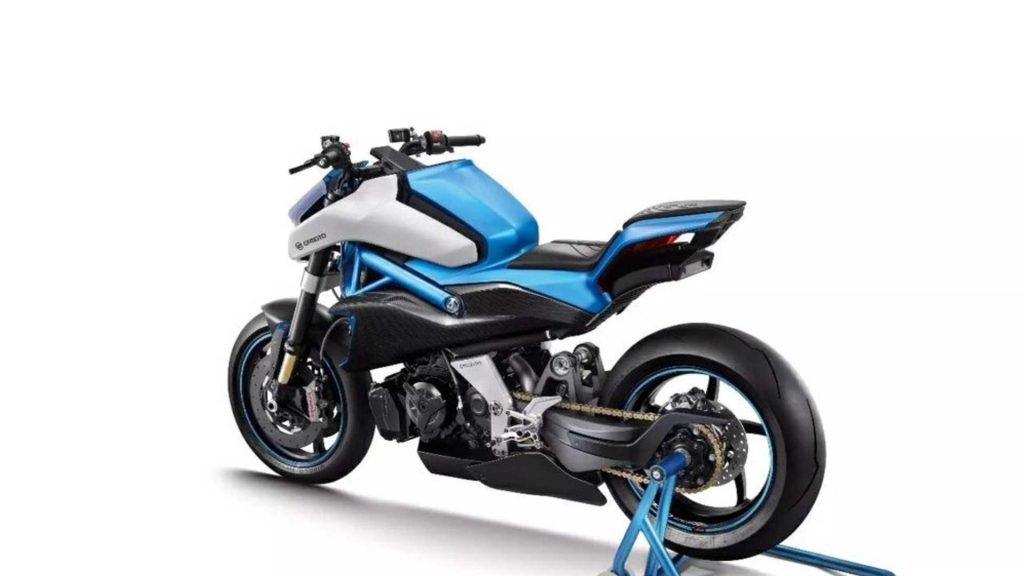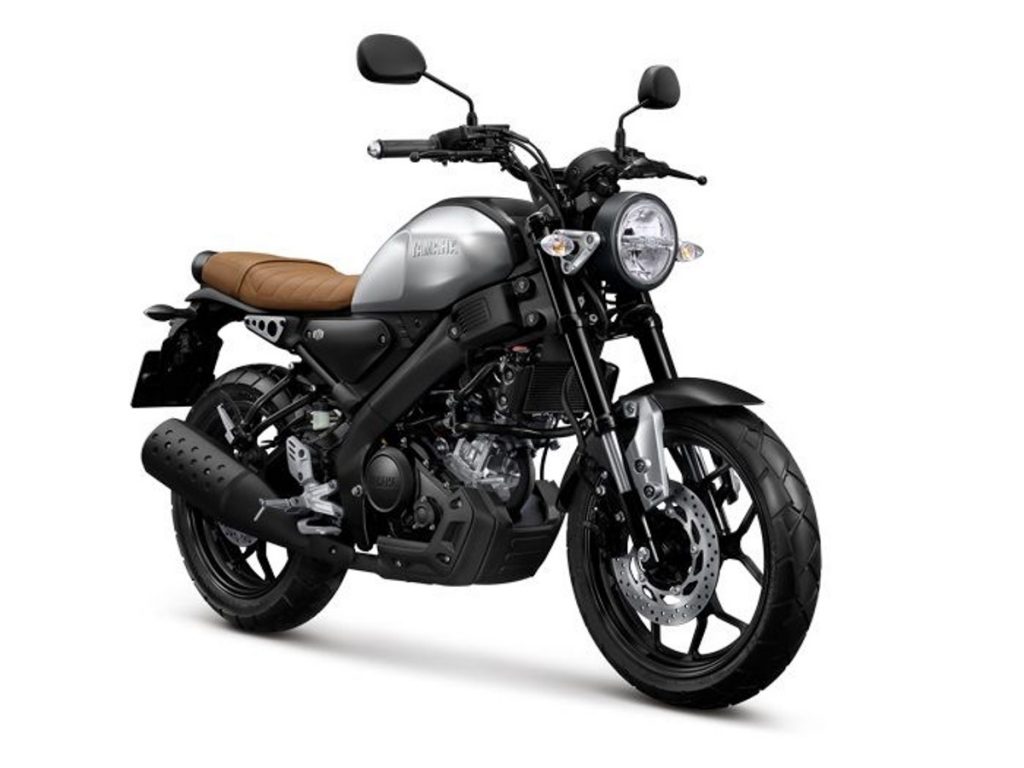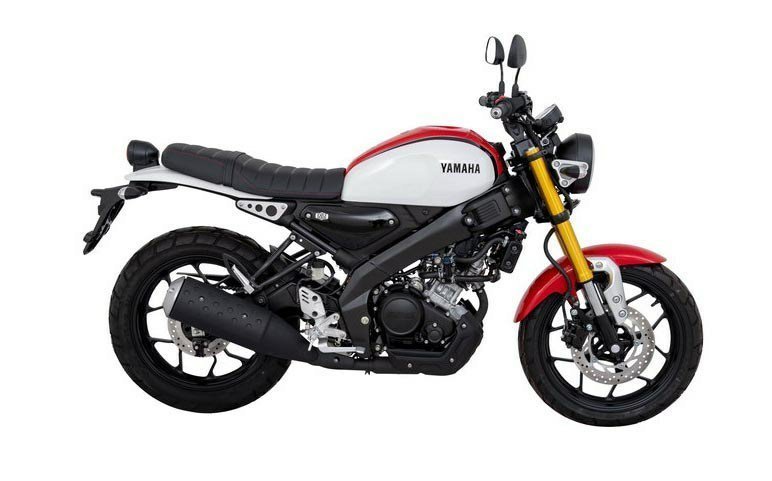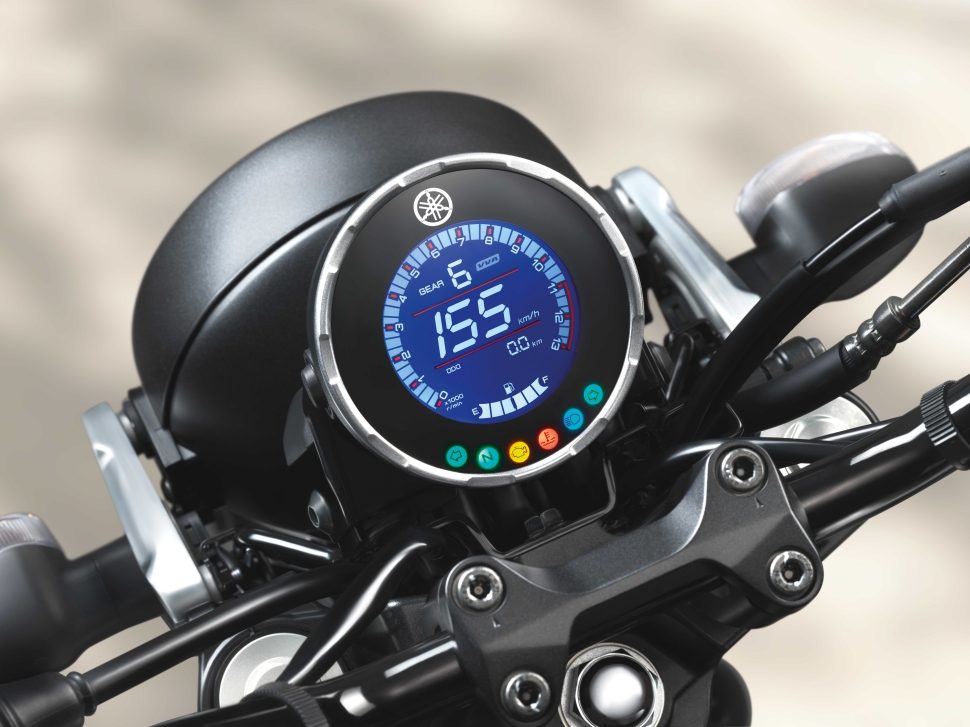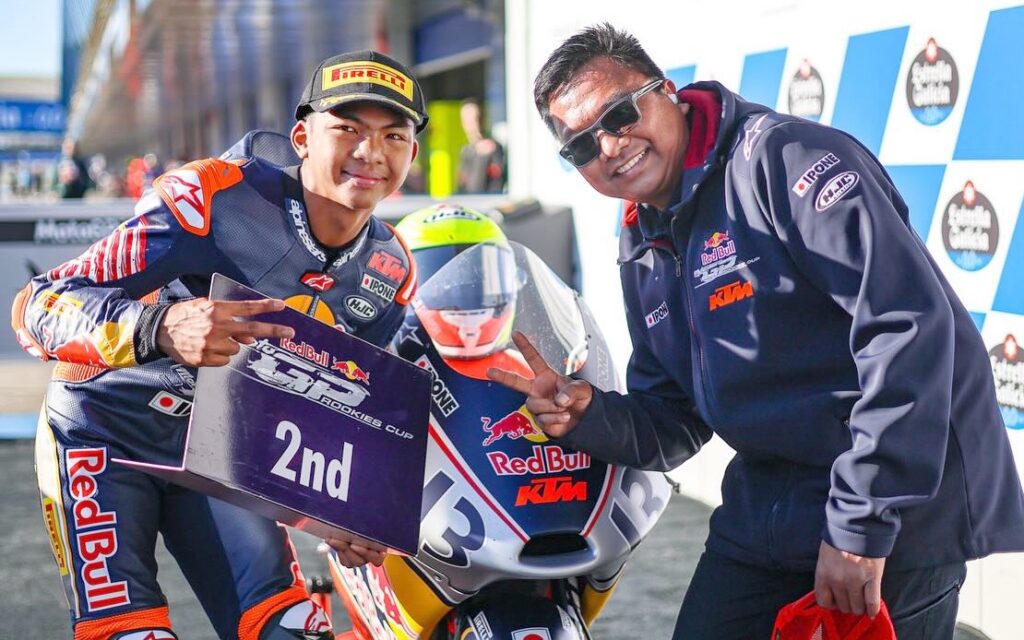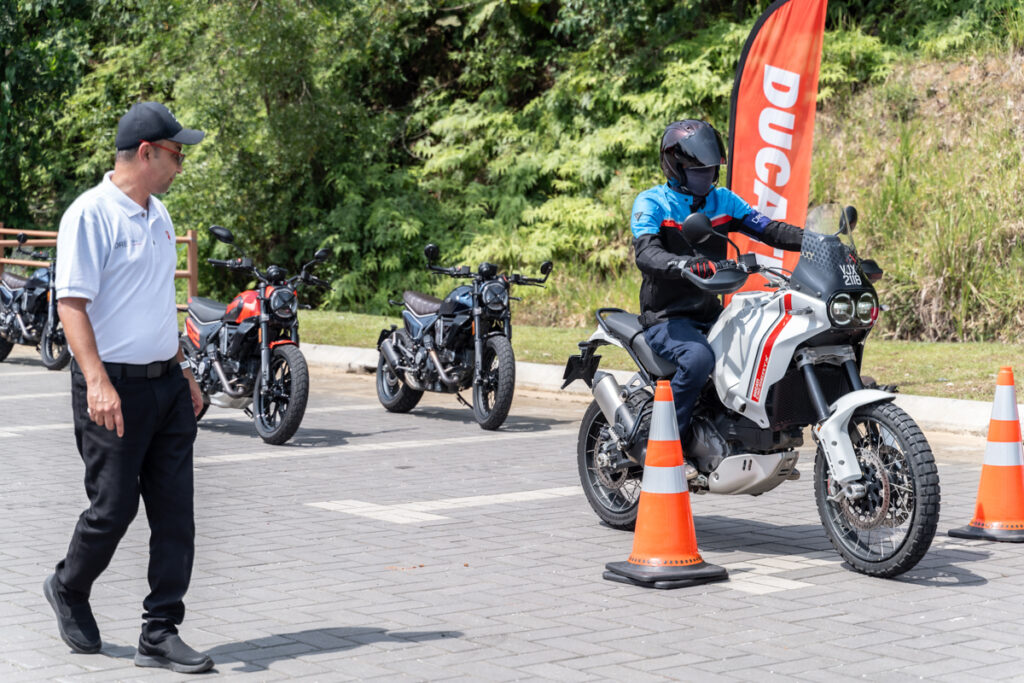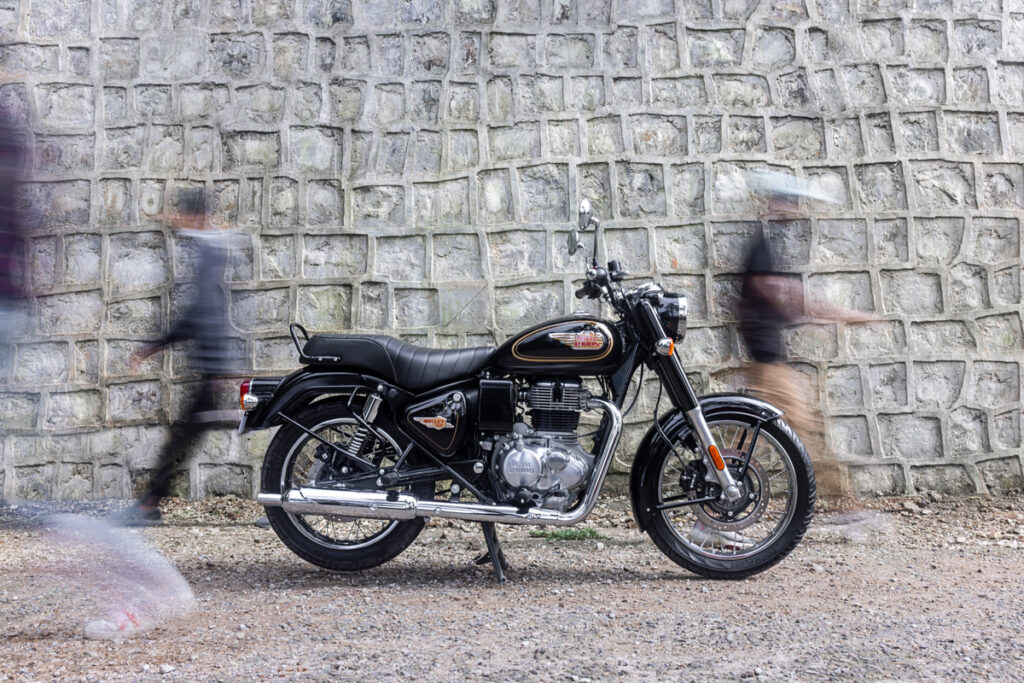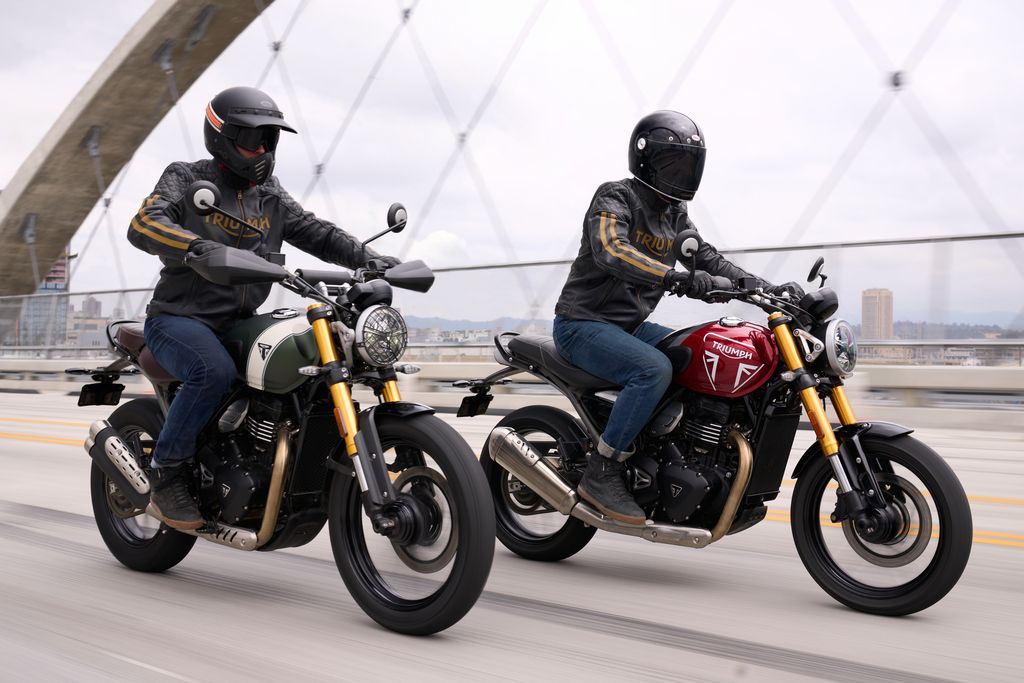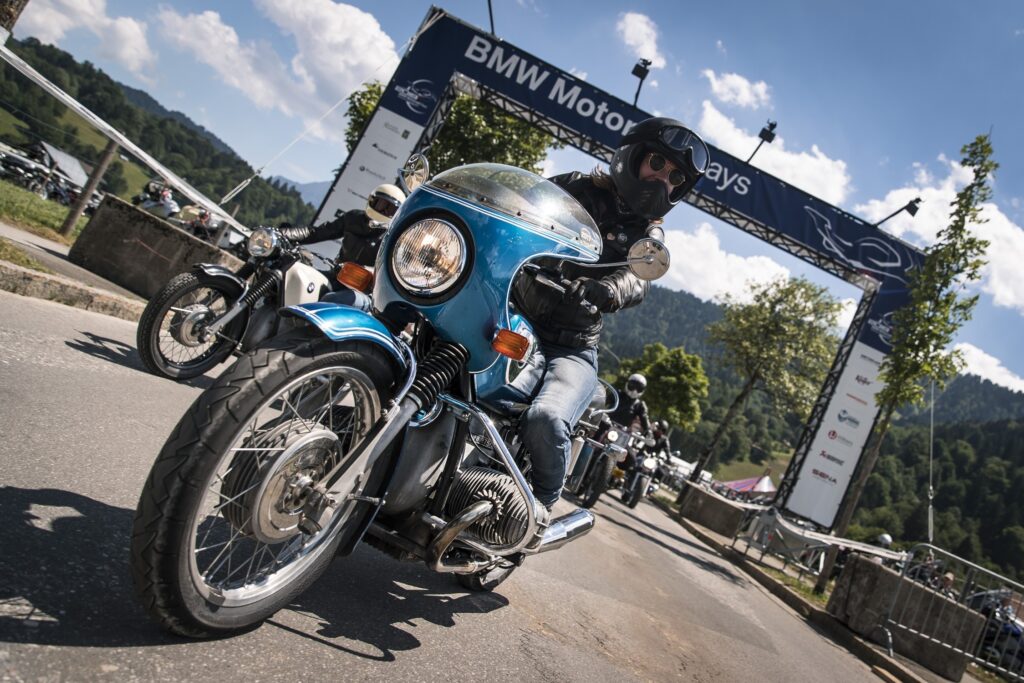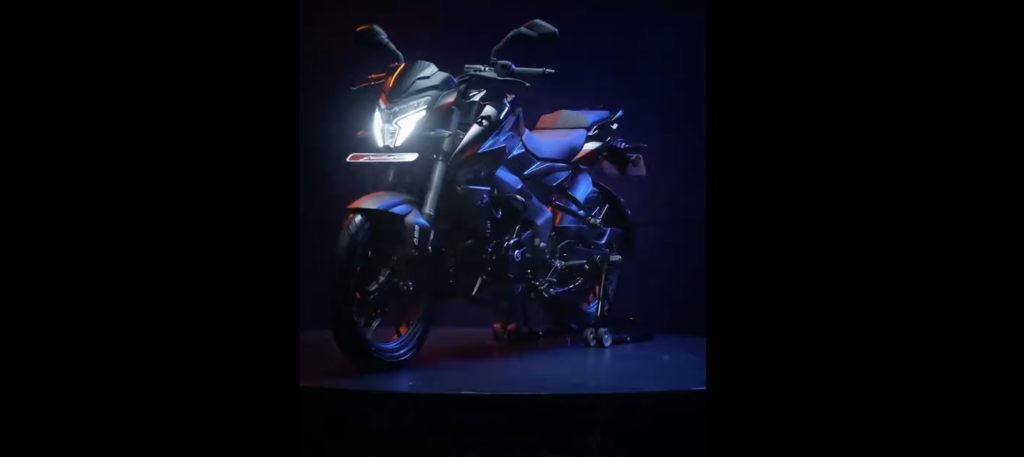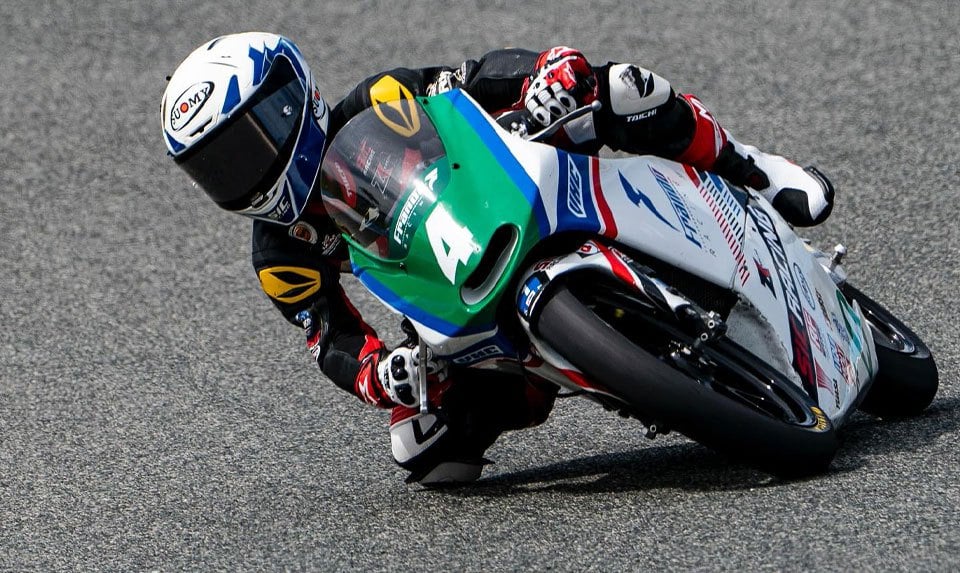-
The Triumph Tiger 800 XR is the entry-level Tiger 800.
-
It shares everything with the Tiger family apart from one or two components.
-
It is currently priced from just RM 56,900 and buyers will receive complimentary Triumph aluminium panniers.
Sometimes you worked hard to do everything right, but somehow, misfortune has a way of tracking you down. But then you suddenly realize that it’s just a higher power telling you that you’re mortal, and things sort themselves out once you acknowledge that. So, what’s that got to do with this Triumph Tiger 800 XR 2500-km test? Plenty, as you’ll see in a while.
The Test
It started out with the invitation to the GIVI Malaysian Adventure 2019. It was my third GIVI Adventure and this was in our very own backyard! However, places were limited, so I offered to ride my own beaten up and rotting Kawasaki ER-6f.
As the days counted down to the start of the event, I discovered that the front forks were leaking (again) and some of that oil had snaked into the brake calipers. If that’s not bad enough, the voltmeter showed that the coil was undercharging the battery again (third coil, replaced less than a year ago). Worse, there was no time to repair it.
Oh dear. I prayed that the bike would last the trip.
Then one day, I received a call from Triumph Motorcycles Malaysia. “We’ve got a Triumph Tiger 800 XR for you for the ride. It’s a brand-new unit.”
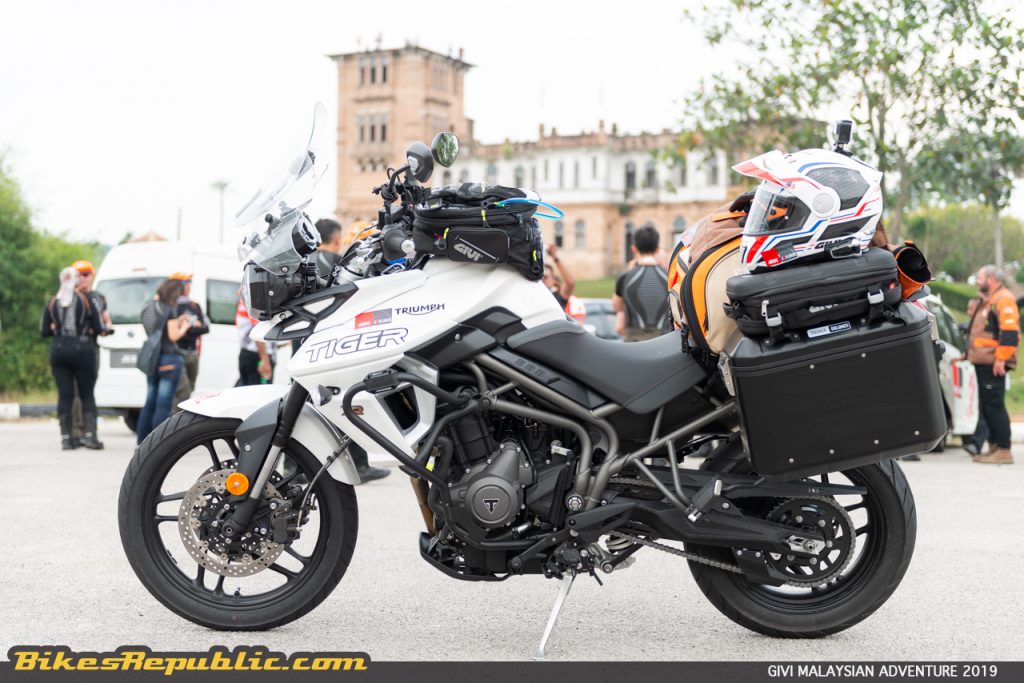
Hoooo-wheee! I would be happy to ride even the second-generation Tiger 800, let alone the brand-new third-generation XR.
That my friends, is the power of prayers.
Riding the Triumph Tiger 800 XR
The XR is the entry level model in the Tiger 800 range. Everything on the bike including the engine, frame, suspension, brakes, bodywork is shared with the other Tigers. The main differences are the smaller windscreen and instrument cluster.
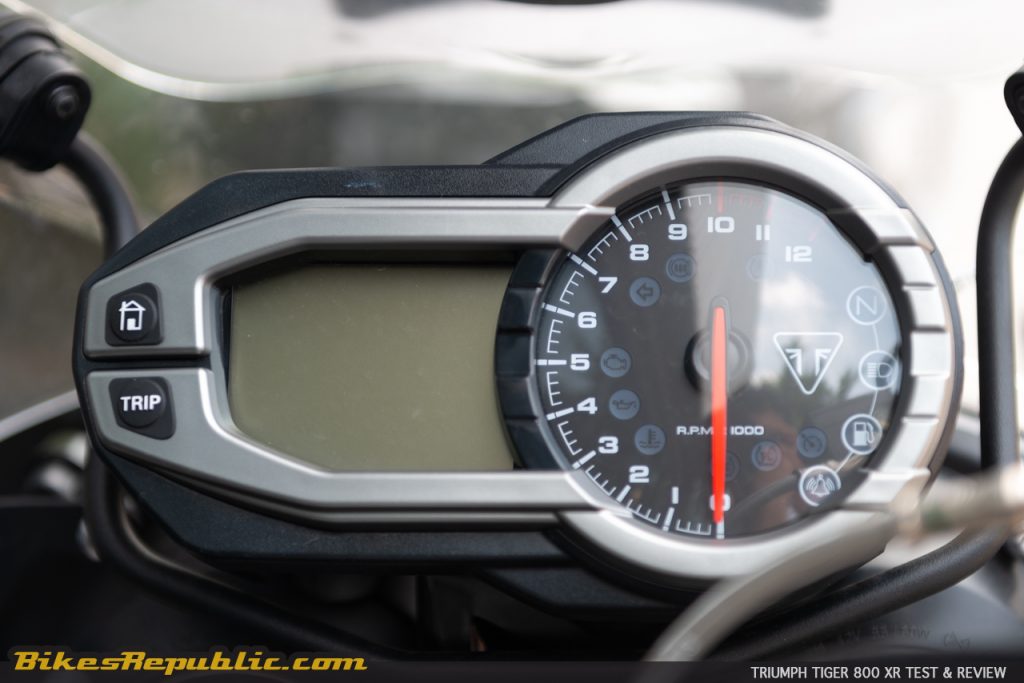
Its instrument cluster is the same unit used on the previous Tiger, Street Triple 675 and current Street Triple 765 S. As such, there is Triumph Traction Control (TTC) with the power set in the equivalent of “ROAD” mode in the XRx/XRa and XCx/XCa. ABS is standard.
As with the XRx, the forks are non-adjustable while the rear shock is adjustable for preload.
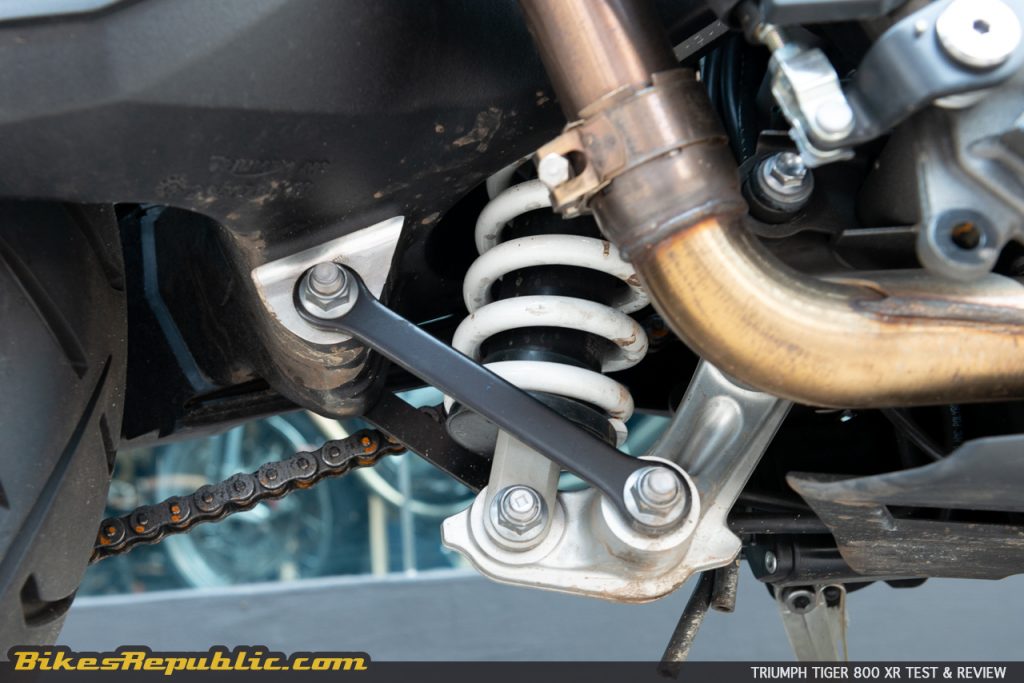
So, it’s a simple bike that doesn’t require the ride to spend 20 minutes to set up before rolling out. All you need to do is jump on and go.
I picked up the brand-new bike with just 4-km on the odometer and proceeded to break it in by riding to Ipoh to cover the build of Mizuki with Art of Speed organizers Asep and Dani.
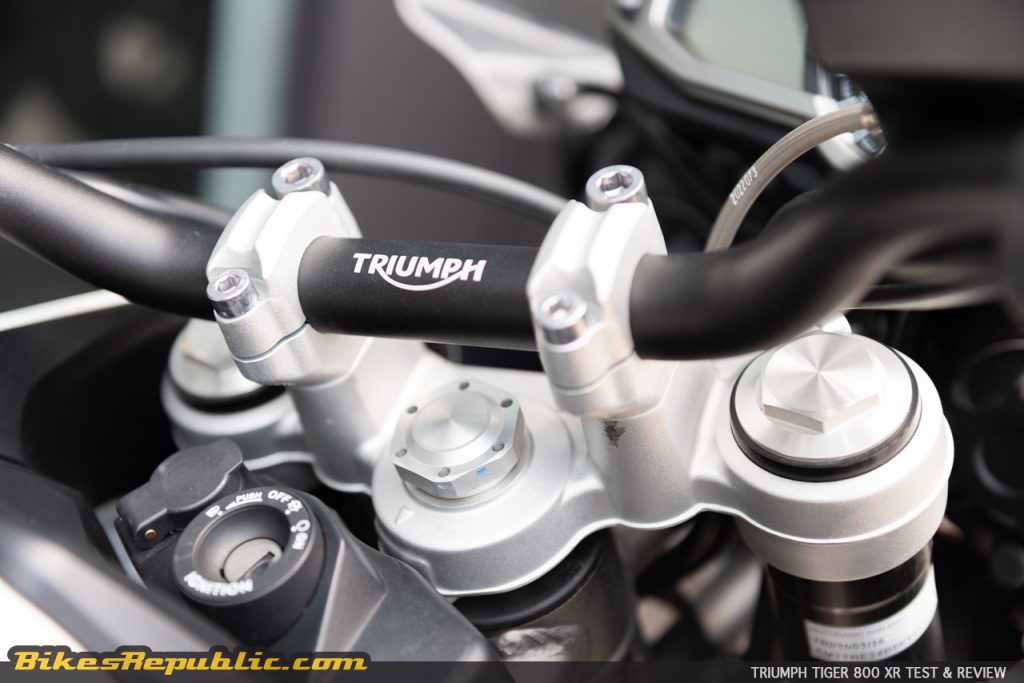
Getting on the XR the first time felt like putting on a well-worn glove. Everything was in place where it should be. The controls, seat position, footpegs… I just reached out and they were there instead of having to adjust myself back and forth to find the right position.
The engine’s torque made sure that the bike never stumbled to get going and every gear clicked into position positively. I didn’t once catch a false neutral.
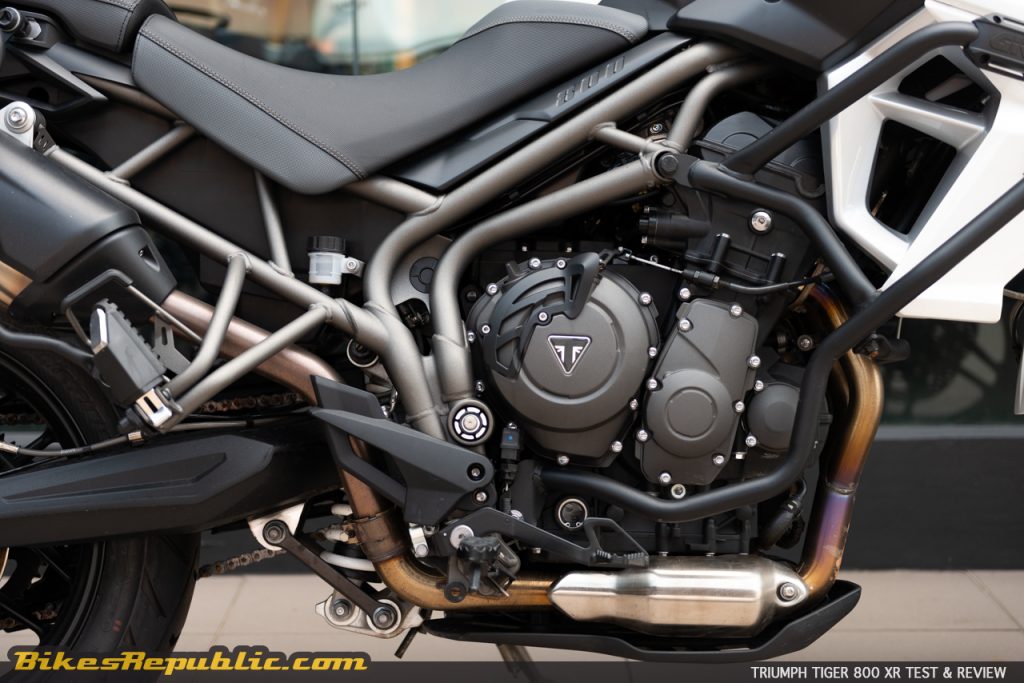
The bike already ran beautifully when it was brand new. Riding in the sun could sometimes induce sleepiness but not so with this bike. The engine made just the right amount of buzz and the exhaust had a nice booming note to it to keep you company.
I enjoyed the ride instead of spending so much energy thinking about how the bike feels and what it would do. I guess it embodies Triumph’s slogan, “For the Ride.”
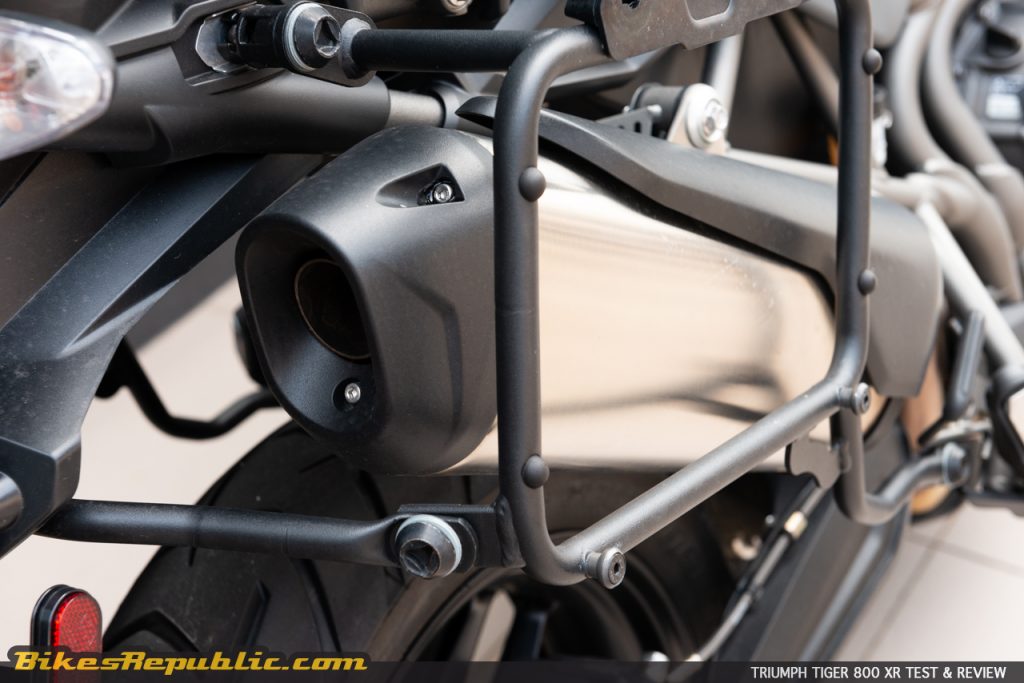
I logged just over 560 km for the trip and sent the bike back to Triumph for servicing. At the same time, the crew fitted the GIVI accessories for the adventure.
It was equipped with GIVI’s Trekker Dolomiti aluminium top and side cases, Tankloc tank bag, screen and crash bars when I picked it up again. That would’ve added at least an extra 20 kg to the bike, most of it at the back.
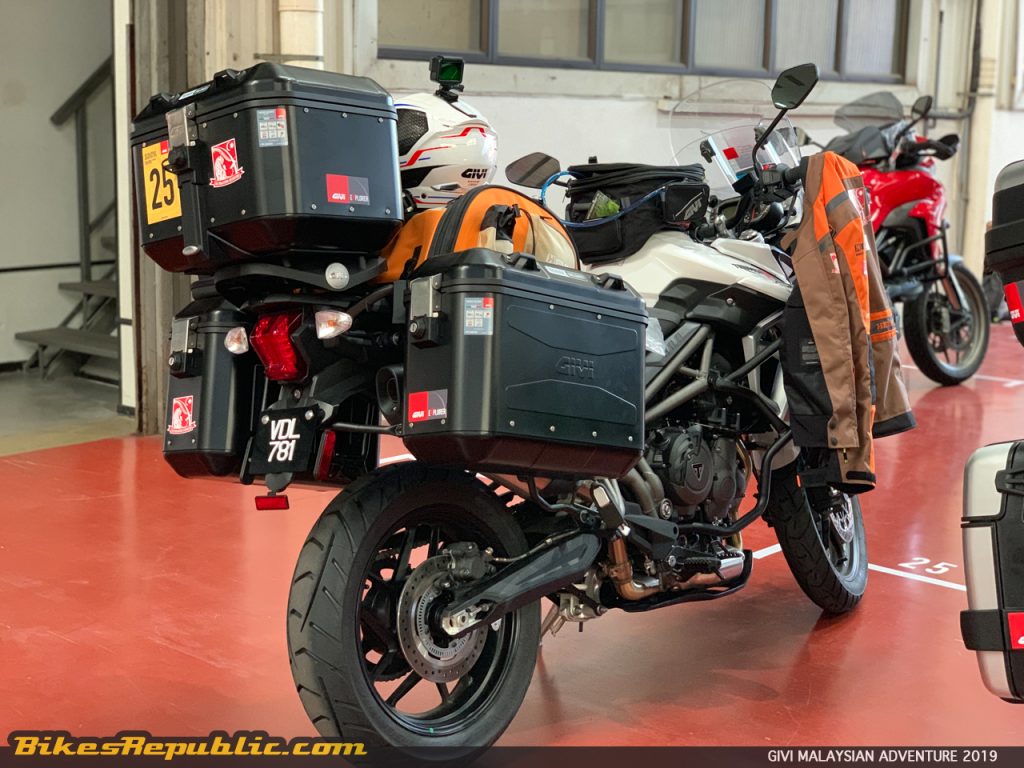
The GIVI Malaysian Adventure 2019 took 10 days to complete and covered slightly more than 2000 km. (Please click here for the article.)
The first leg of the tour took us to Ipoh, Perak through Teluk Intan. Now with the cases on, there’s more aerodynamic drag at the back and it changed the bike’s balance, somewhat. But I got used to it within the first few kilometres. Cranking up the rear shock’s preload returned the bike’s chassis balance.
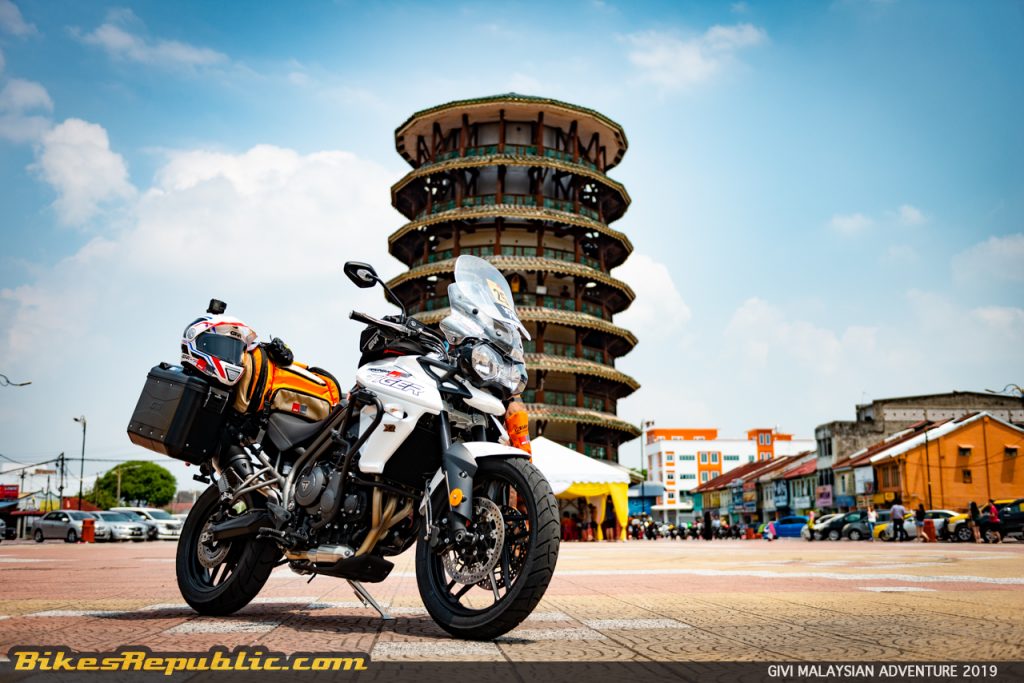
The next day was the longest leg of the ride which took us to Kuala Terengganu. Oh boy was I glad to be on the XR.
It had rained the night before and while the morning started out cooling, it soon got very hot and humid. Our Caucasian friends had faces as red as steamed lobsters by the time we reached the Belum Rainforest Resort, and we still had 300 km to go!
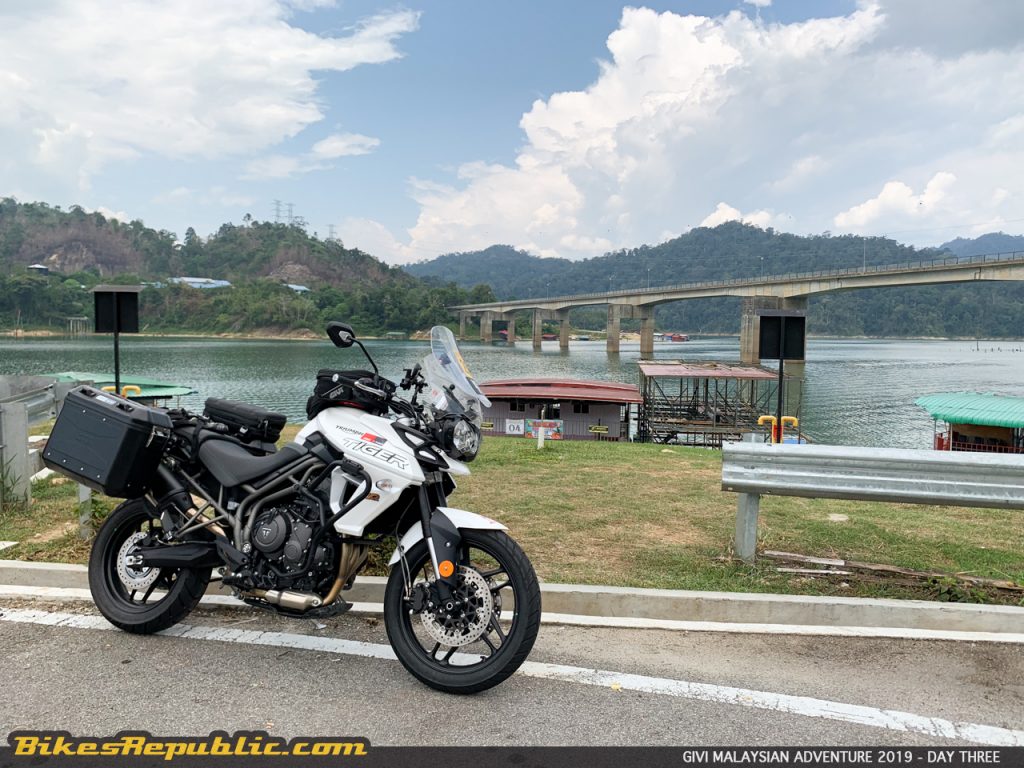
The XR’s ease of control consumed minimal energy, thankfully. The bike handled all my commands to the letter and not once decided to have a mind of its own. This meant that I could stay fresh and focused rather than feeling beat up, hence losing concentration.
But I wasn’t the only one who felt so. Most of the riders in the adventure rode Tigers and they were thankful for it. Manuel from Mexico particularly enjoyed it, standing on the footpegs of his XCx even through high-speed corners. Some of the participants, the Australians, in particular, commented that they loved their XCx because the bikes didn’t put up any fight and just went where they were pointed. One XR LRH was ridden by a Vietnamese participant along with his son as pillion. They smiled all the way.
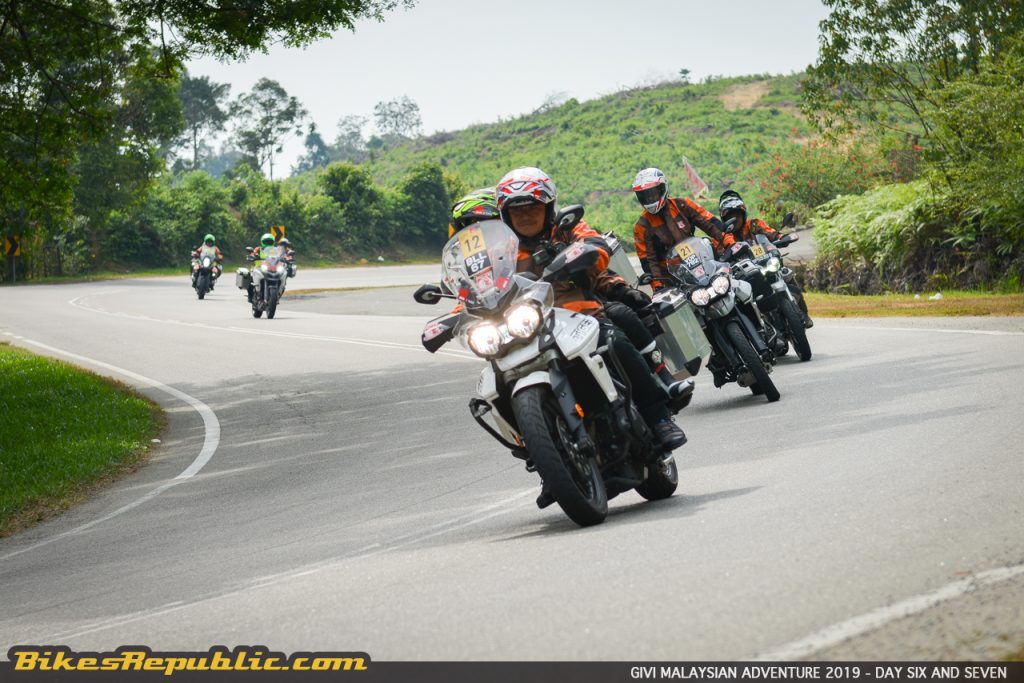
By comparison, none of the marshals rode the Tiger and they soon felt the strain.
We reached Kuala Terengganu just before Maghrib. Those riding the Tigers were joking and laughing loudly to be heard across the hotel’s parking lot. Those who didn’t checked in quietly.
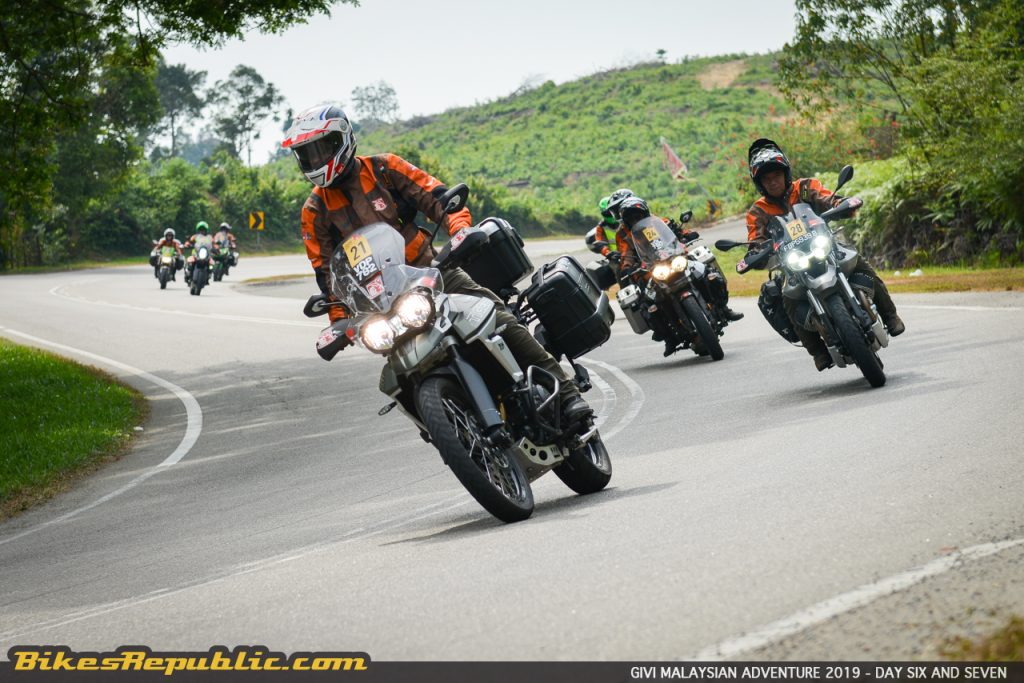
Myself, on the other hand, lingered for a few extra minutes just to look at the XR and admired at its ability to deliver me to my destination without turning me into jelly.
The days went by quickly from that point, but my workload increased. And this was when I grew to love the bike even more.
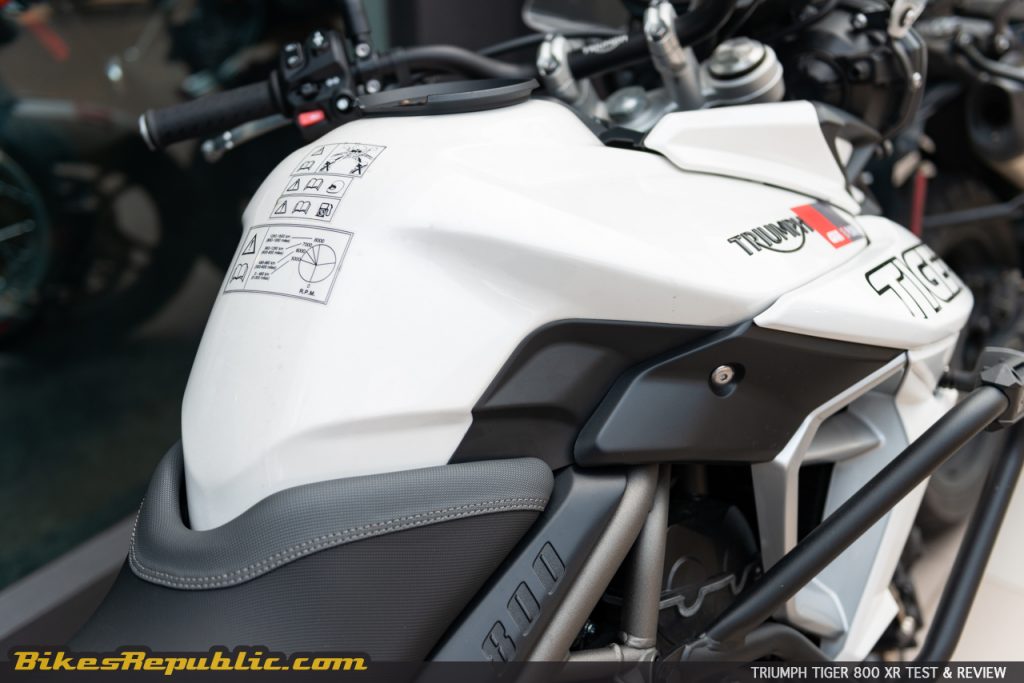
The traffic police had escorted the convoy but since I had to break away to shoot photos, I had to catch back up without escort. That meant that I had to fight through traffic and stop at intersections.
Picture this: I had to ride hard and fast to stay far ahead of the group. Finding my photography point, I stopped the bike sometimes with the engine running, get off and shoot. Once the convoy passes, I had to ride even harder and faster again to catch up.
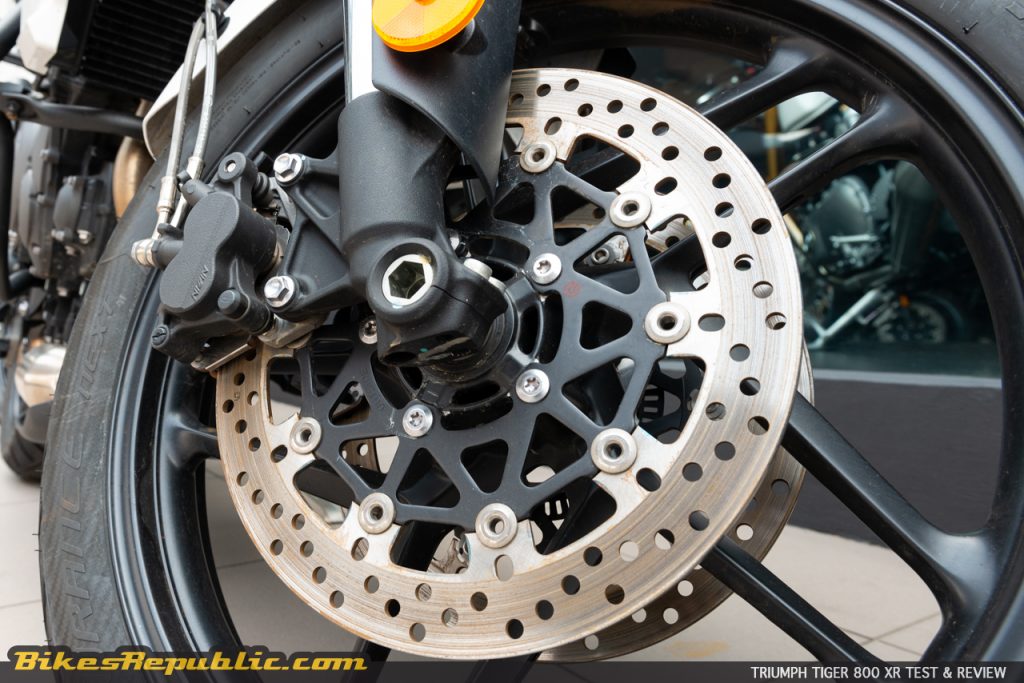
Repeat at least three times per day for the remaining 6 days.
It got to a stage where I pitied the Tiger 800 XR, but it just kept going without once complaining i.e. hard to start or hard gear shift or rough sounding engine, etc. Apart from that, I truly appreciated the bike’s low seat height, so getting on and off was so much easier.
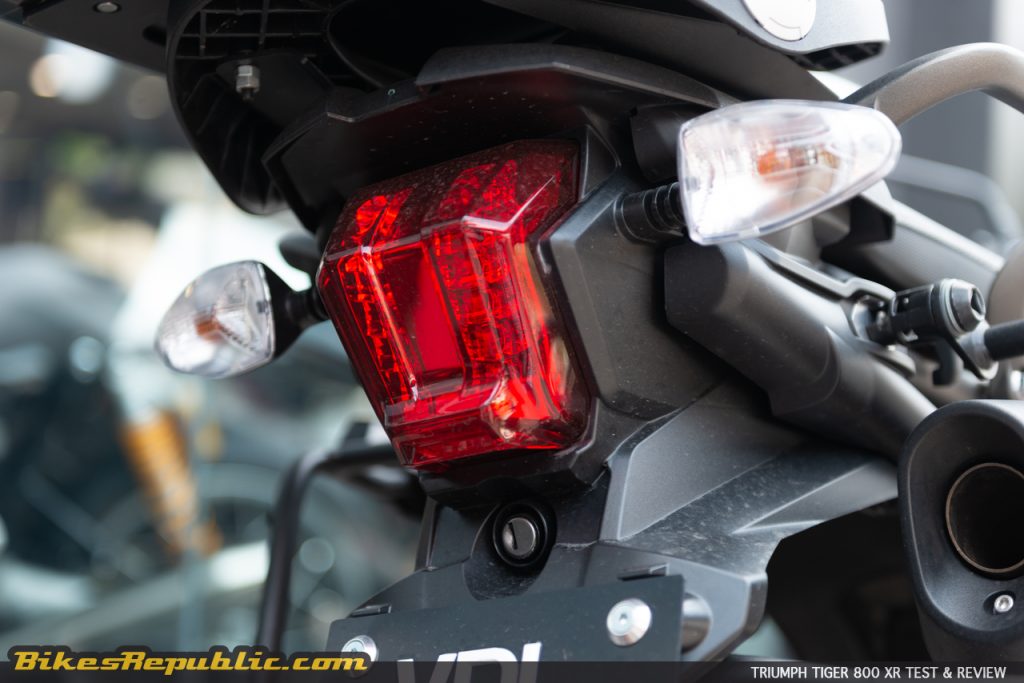
This leads back to why I love the Tiger 800 line-up. They instill so much confidence and keeps adding more surprises. No, not the kind of surprises that threaten to chuck you into the bushes. Instead, the bike lets you chuck it into corners anytime.
We arrived at Janda Baik on Day 8 of the adventure for GIVI Rimba Raid. There was a short ride on an off-road path strewn with large stones and mud into the Rimba Valley Motorcamp site.
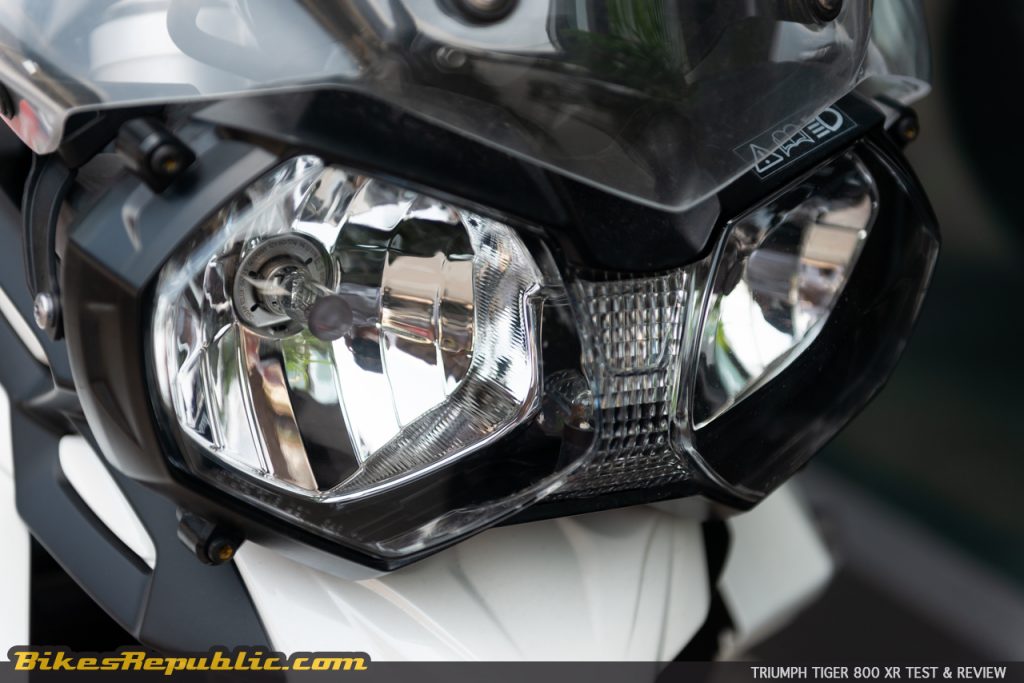
As there were lots of traffic going back and forth, I decided to hand the bike to one of the marshals to ride it in. I asked him about the bike afterwards and he has impressed by the bike’s handling on the dirt. “Very easy to ride,” he replied. “The throttle was smooth, and the engine didn’t kick in suddenly.”
The bike had clocked more than 2000 km at that point. Nothing had come loose, the engine sounded sweet and the suspension performed like when they were at 4 km.
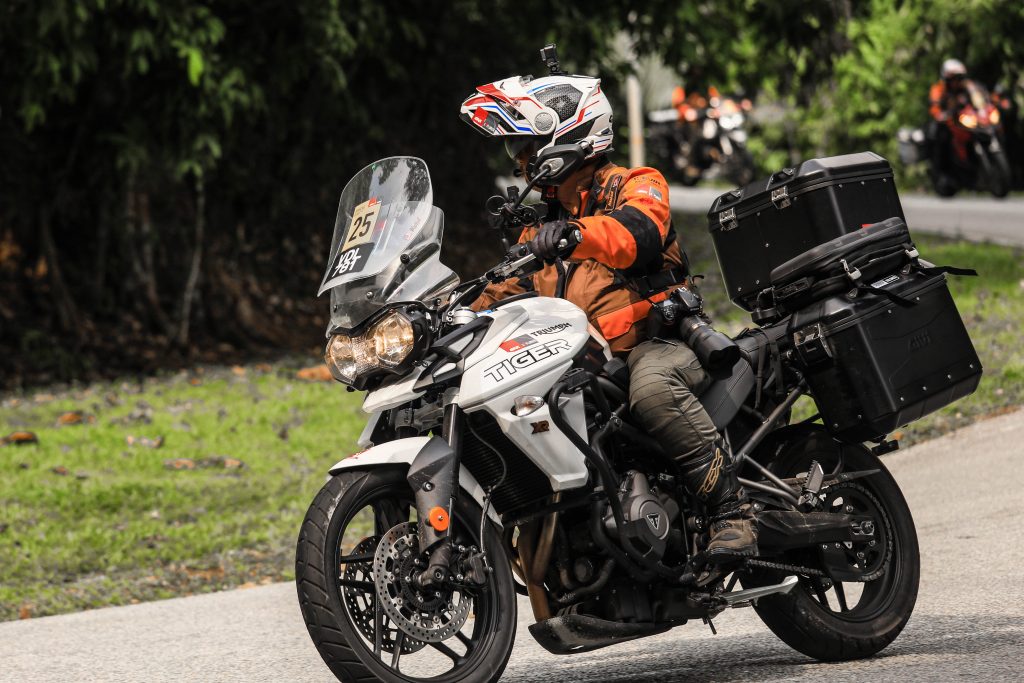
The last two days of the ride had us riding up Bukit Tinggi and Genting Highlands. This was when the ride’s organizer cut the group loose. Guess which riders ended up at the front when we climbed those mountains? That’s right, those on the Tiger 800 XR and XCx.
Why? Because confidence.
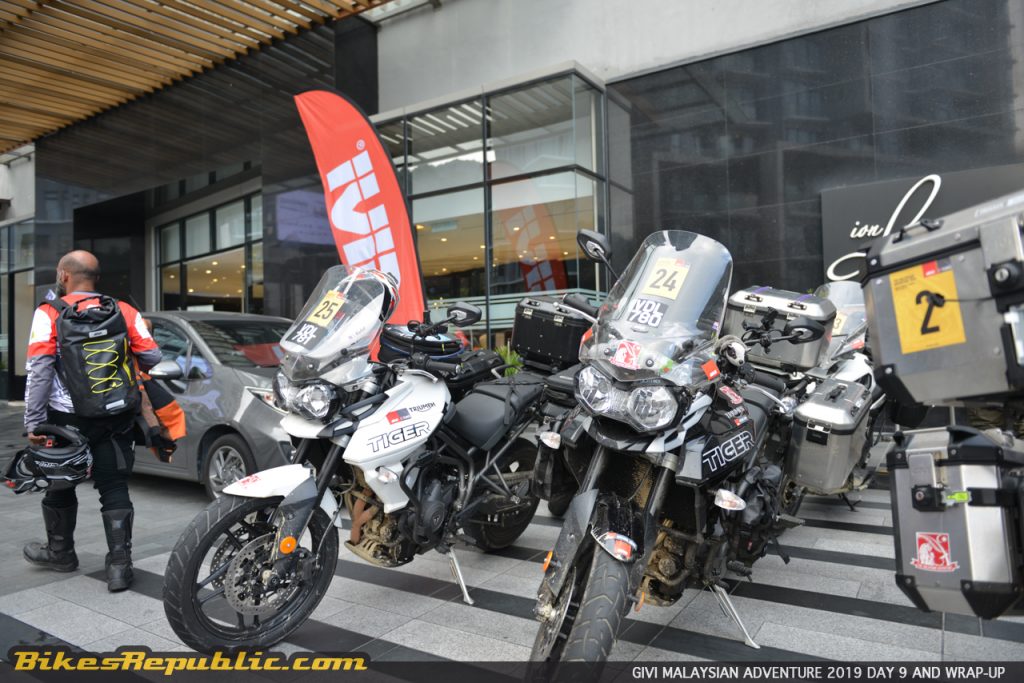
Verdict
The Triumph Tiger 800 XR may be simple and overlooked but it is still a Tiger 800 through and through. The lack of electronics was actually an advantage because everything is handled by your right wrist. It also means that you don’t have to be distracted when you “don’t feel right” and start rifling through all the options. Again, just jump on and go.
It handled beautifully and the throttle was characteristically smooth like on all Triumphs, hence accessible to all riders.
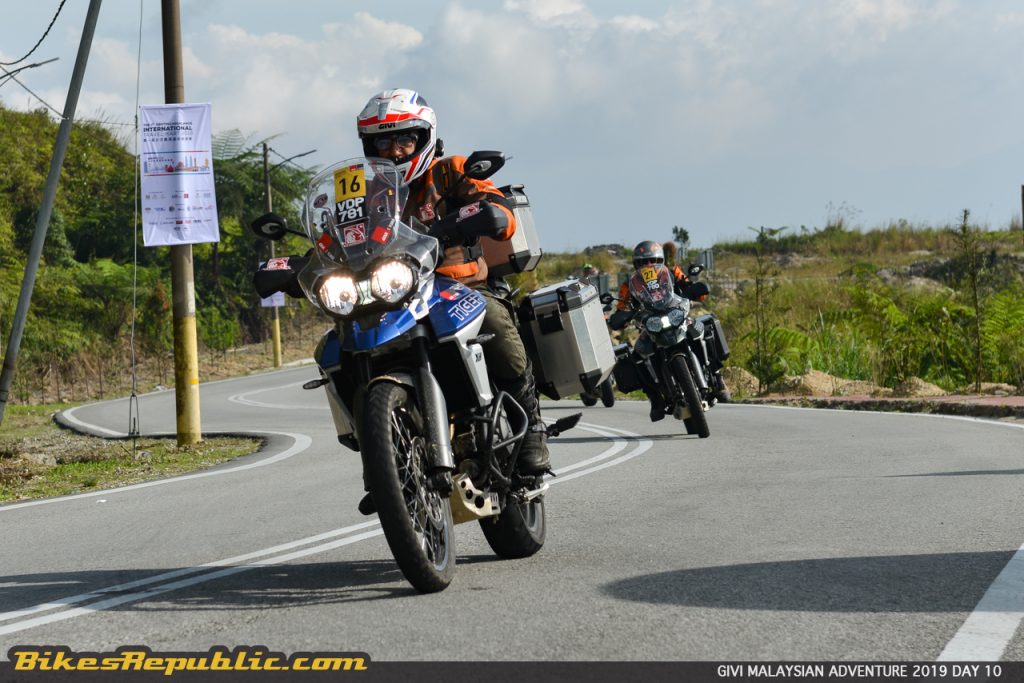
To sum it up, while other bikes are good or better at one or two aspects, the Triumph Tiger 800 XR is good everywhere.
Triumph Motorcycles Malaysia is currently having a promotion. From just RM 56,900, you will receive a complimentary set of Triumph aluminium panniers worth RM 5,800.
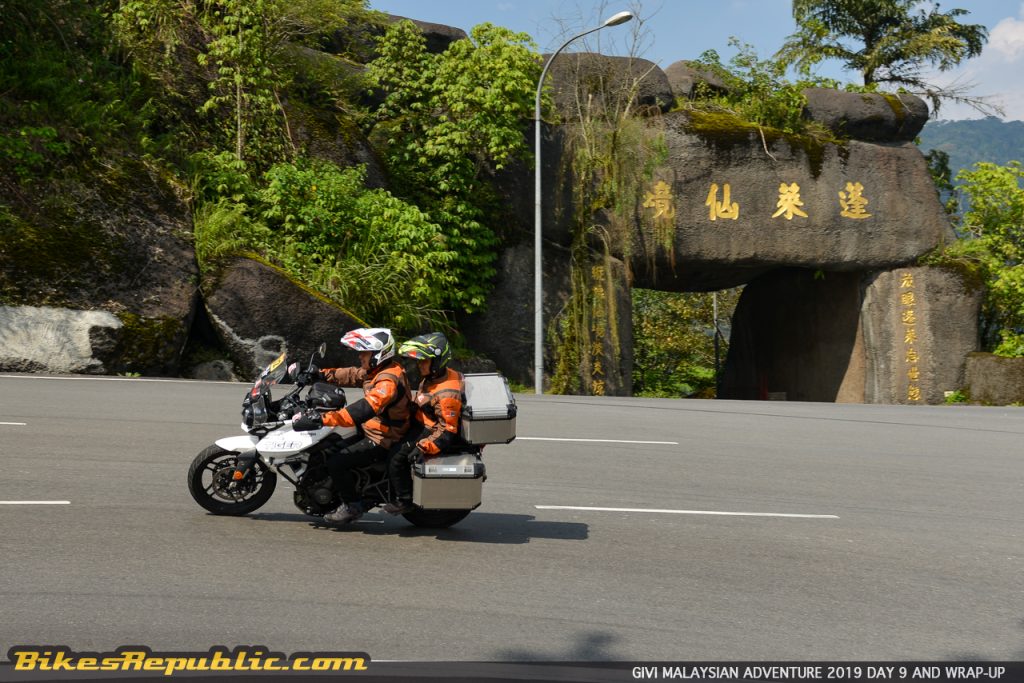
Please follow Triumph Motorcycle Malaysia’s Facebook page for more information.
